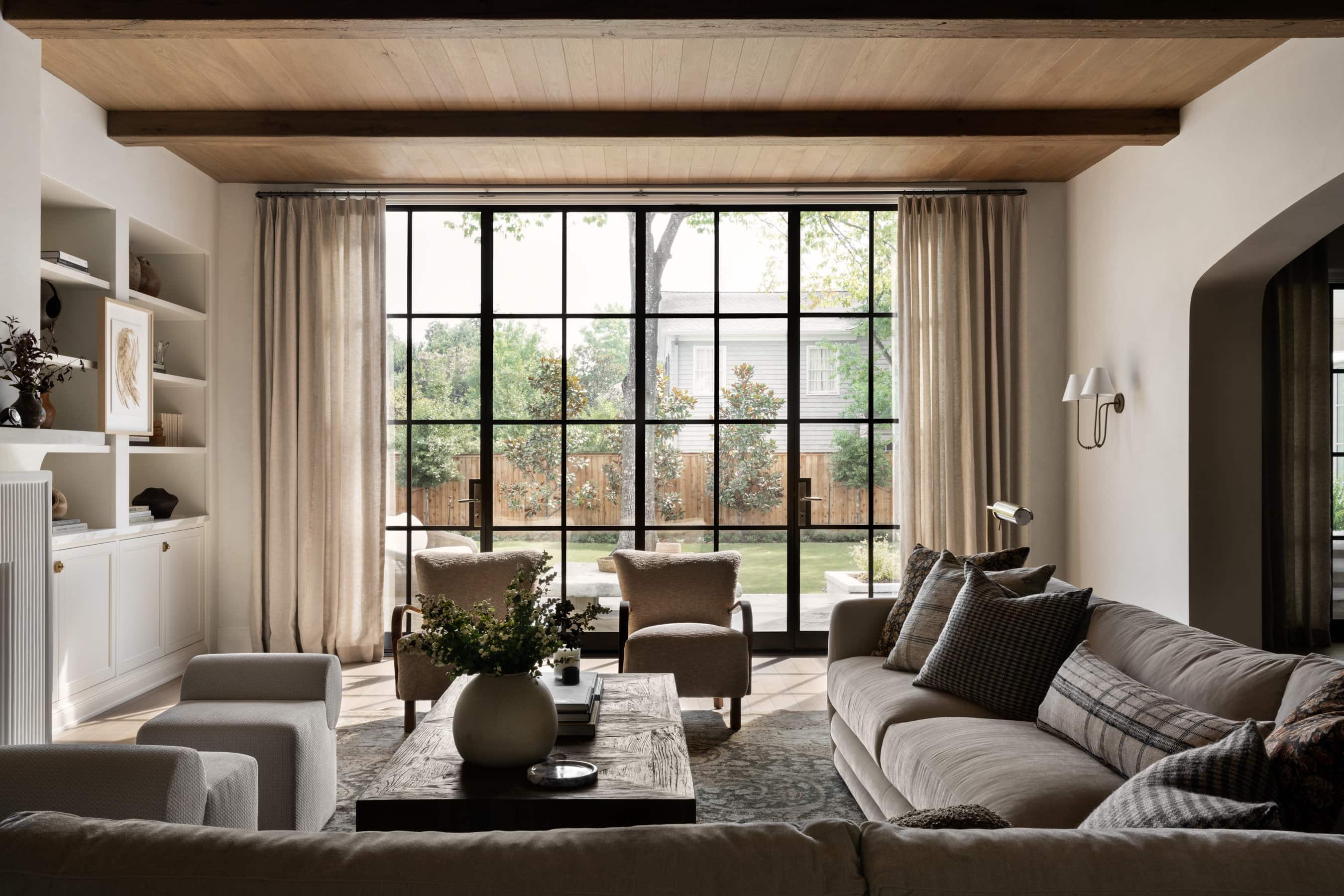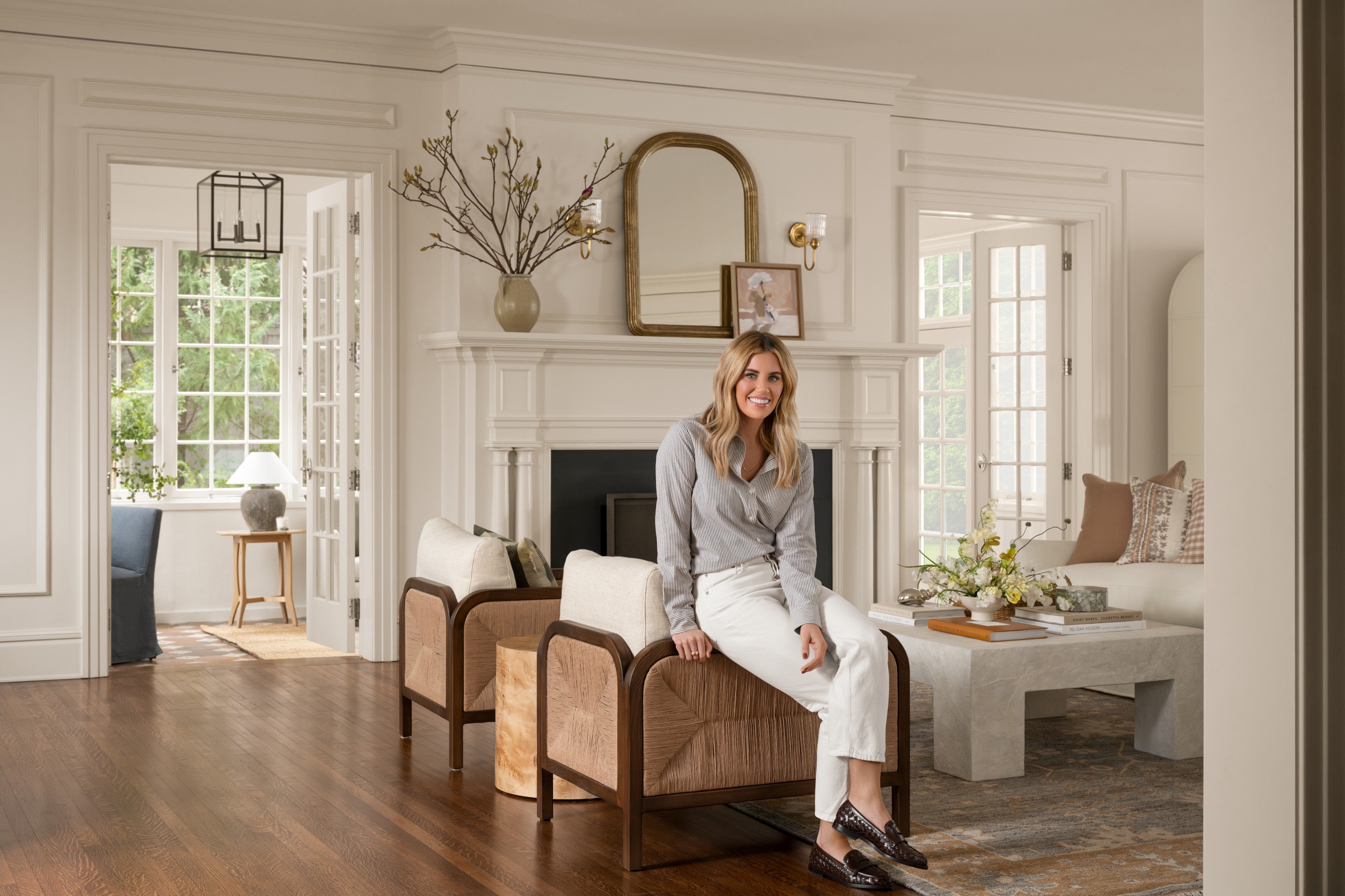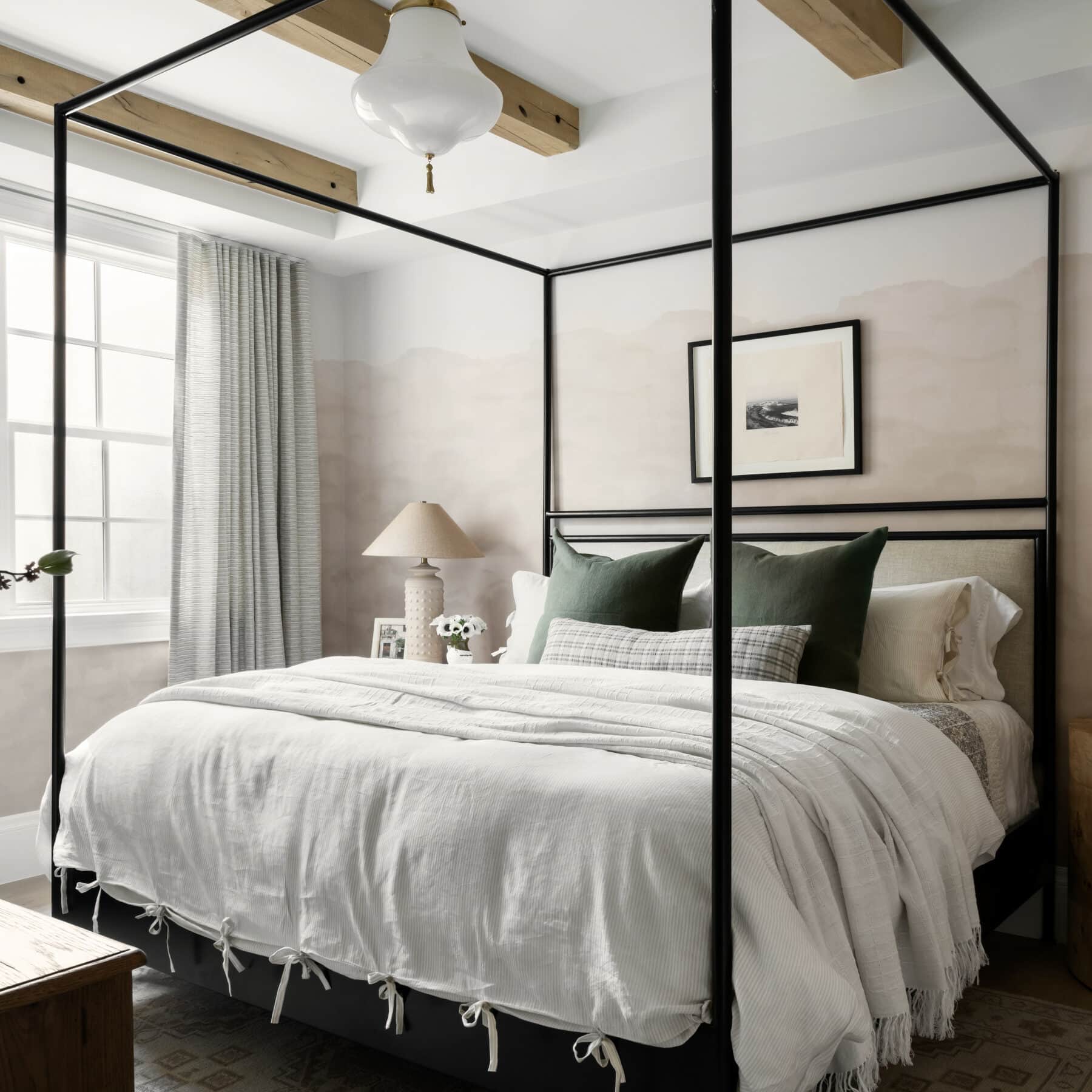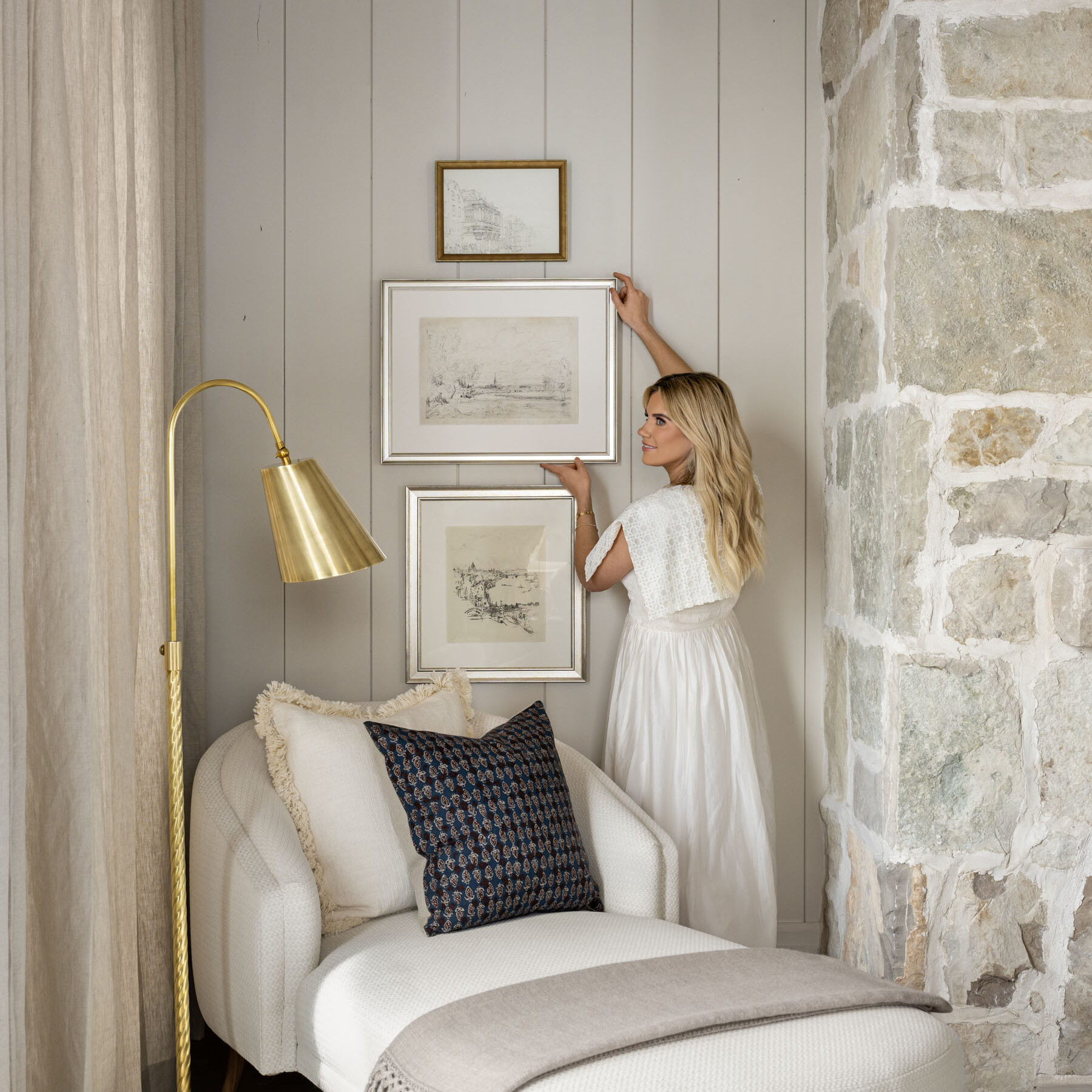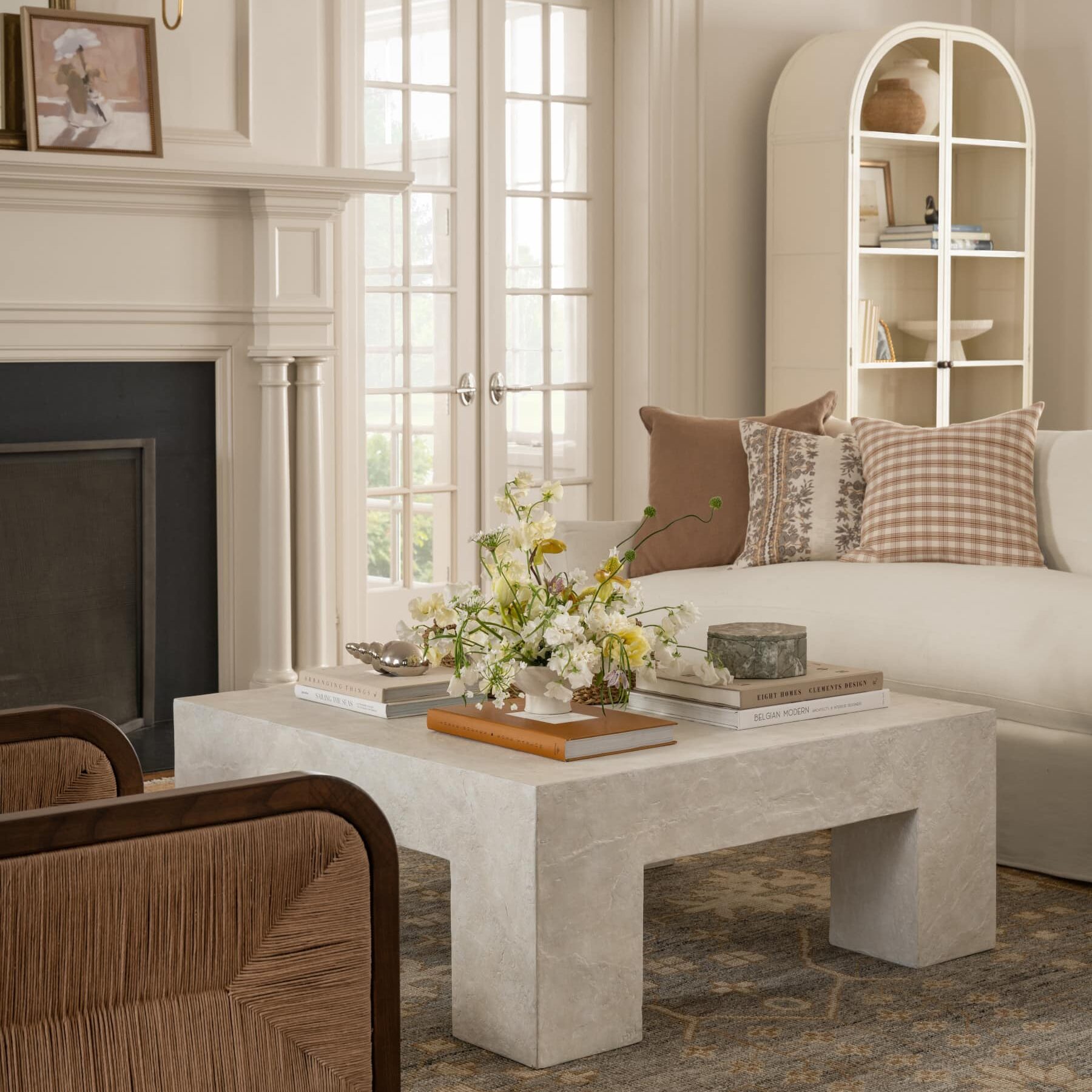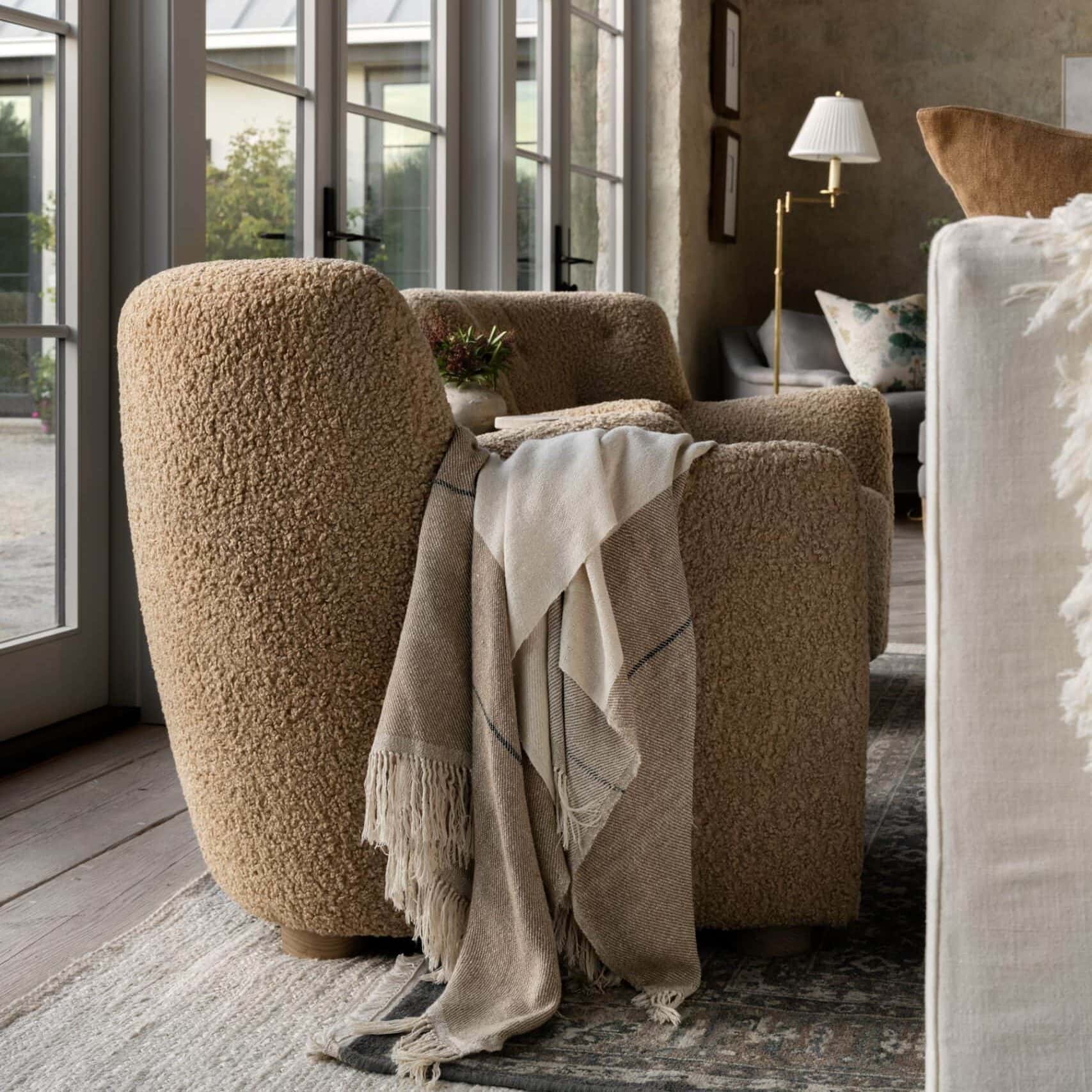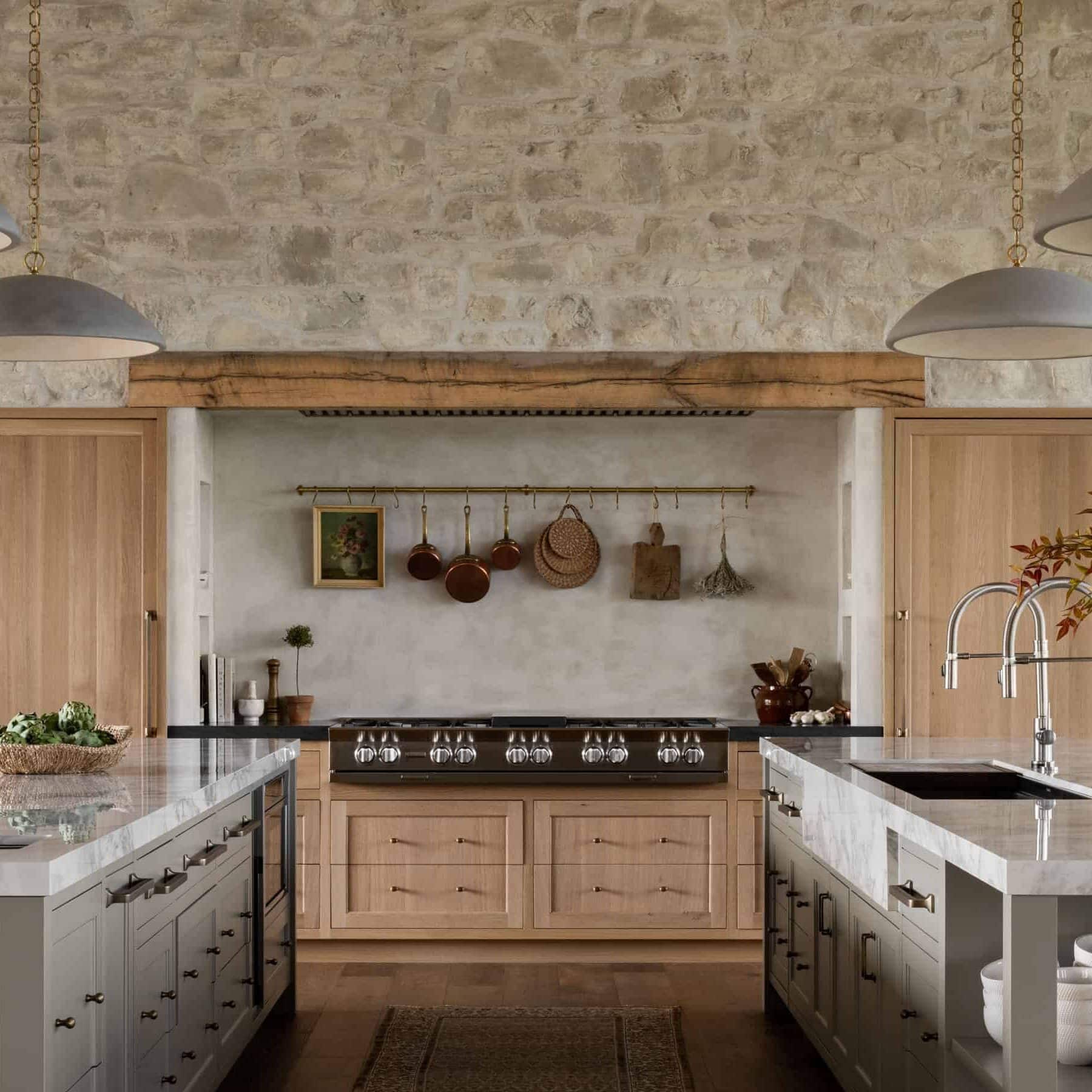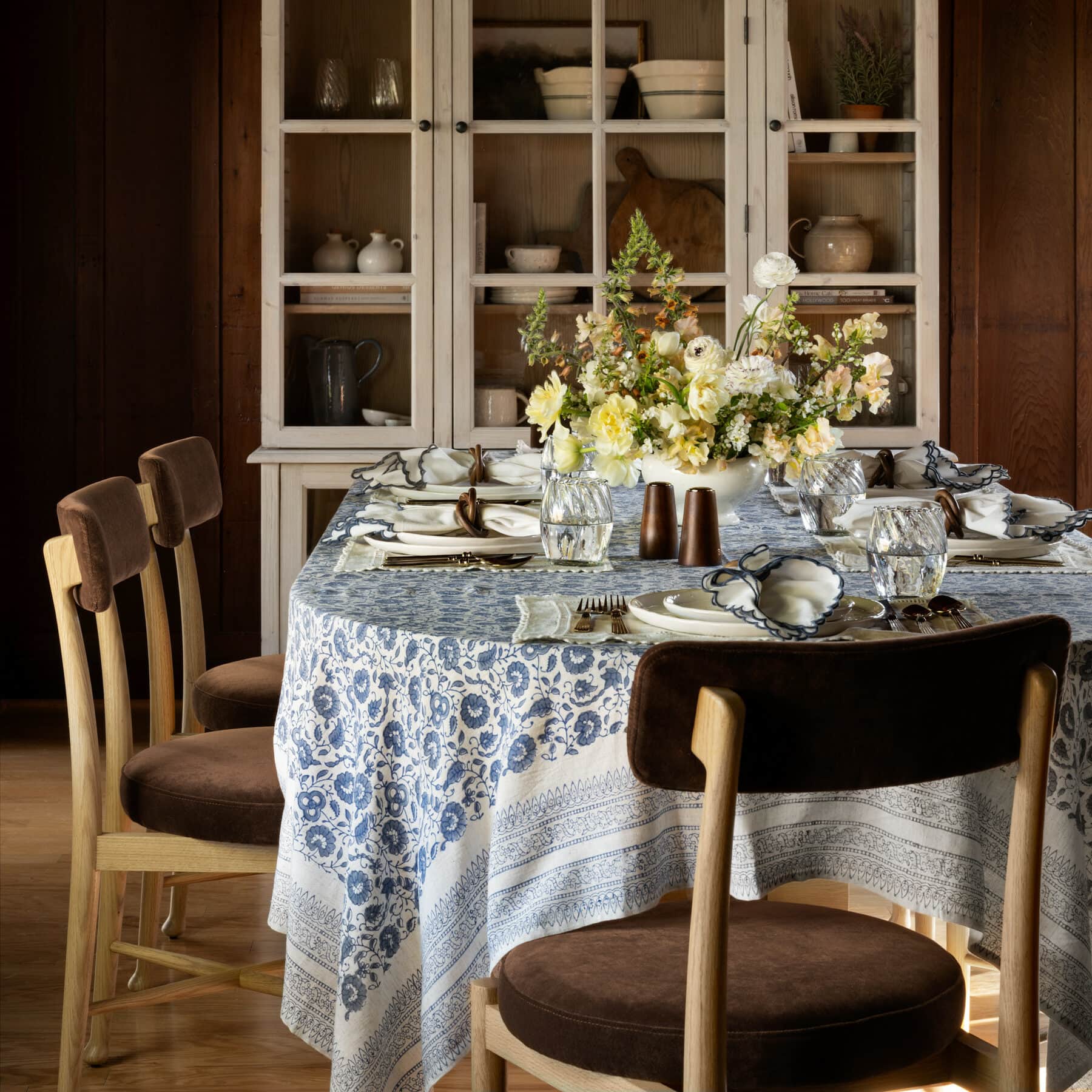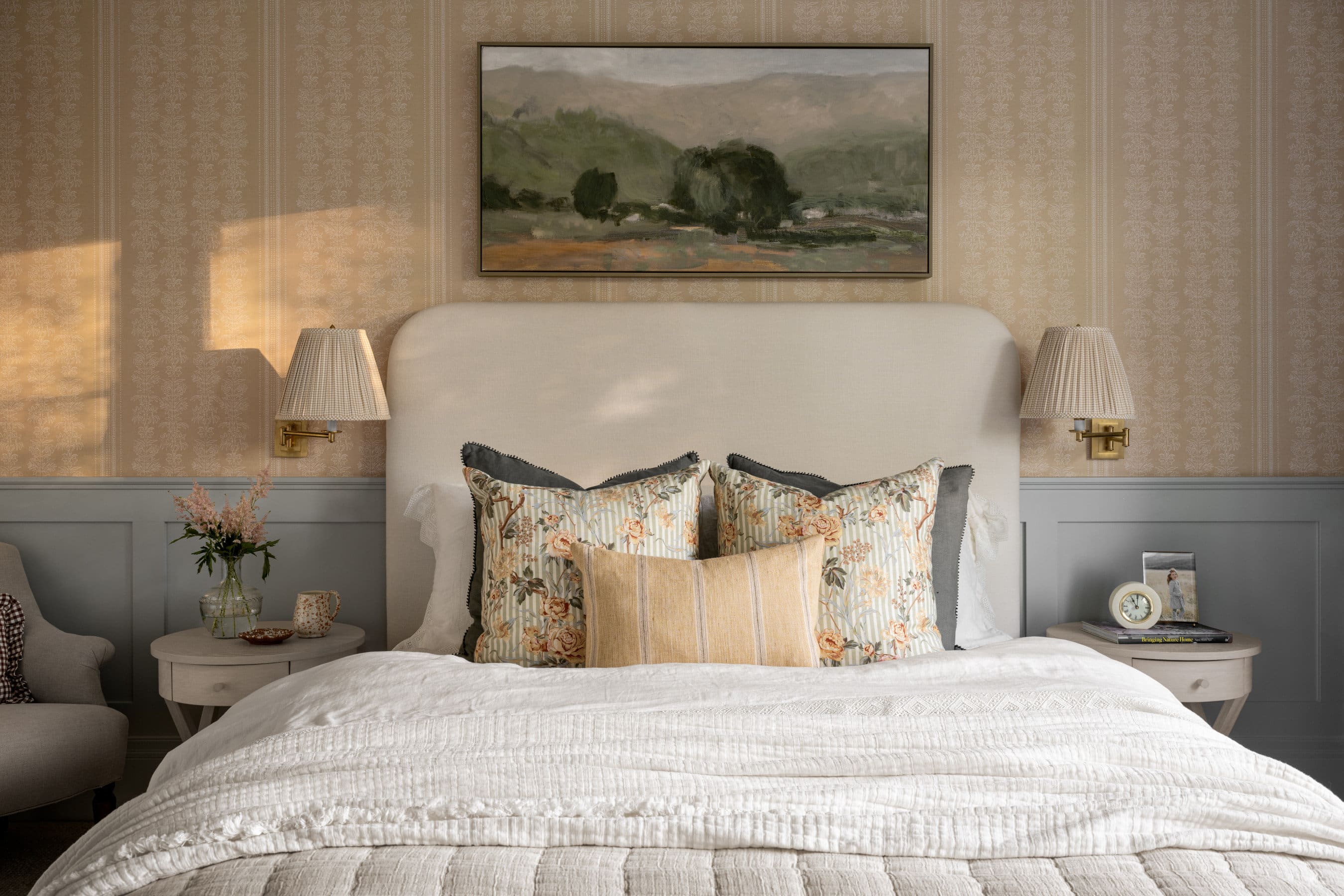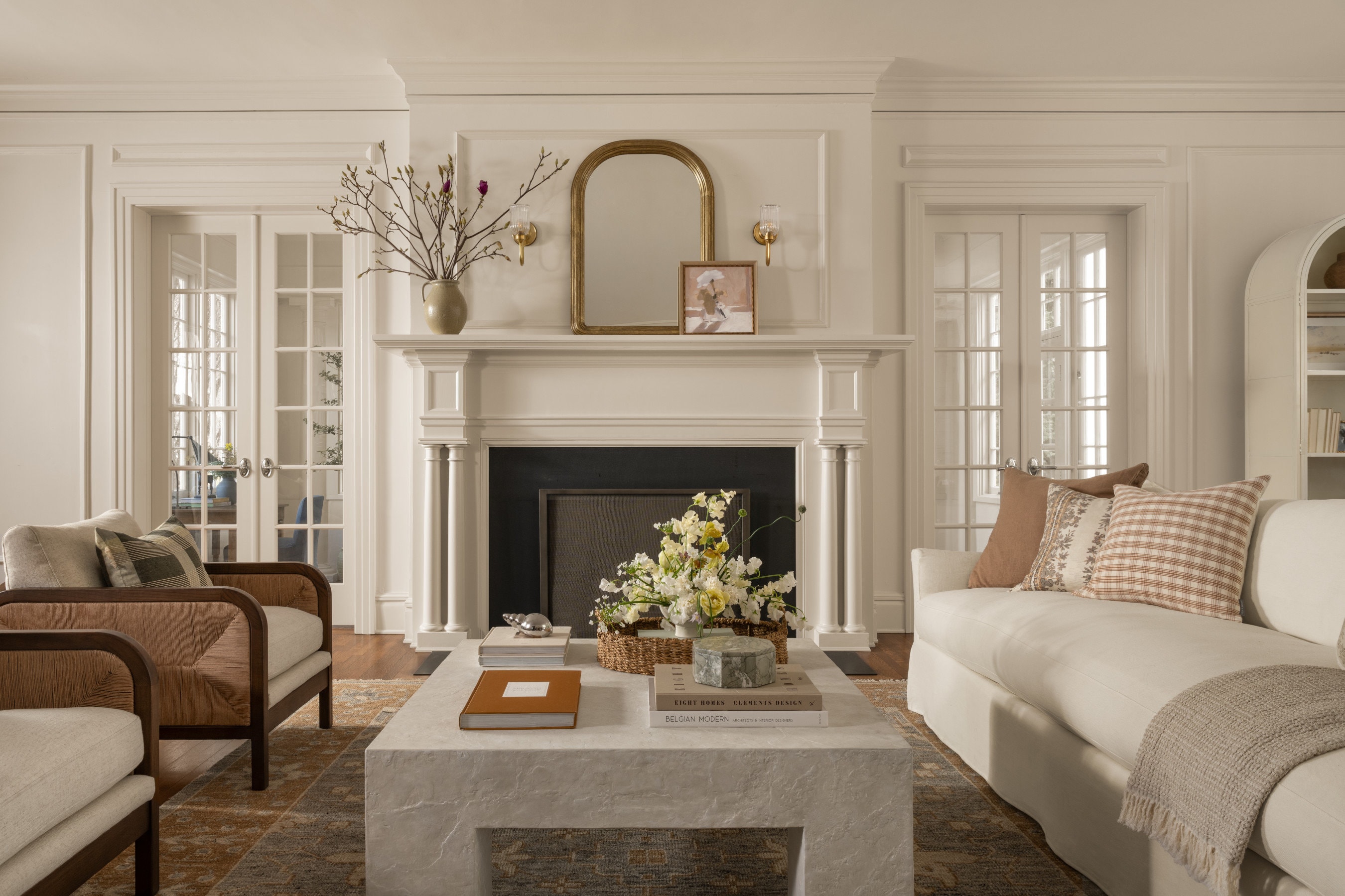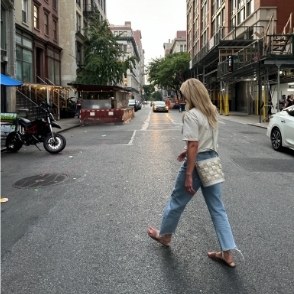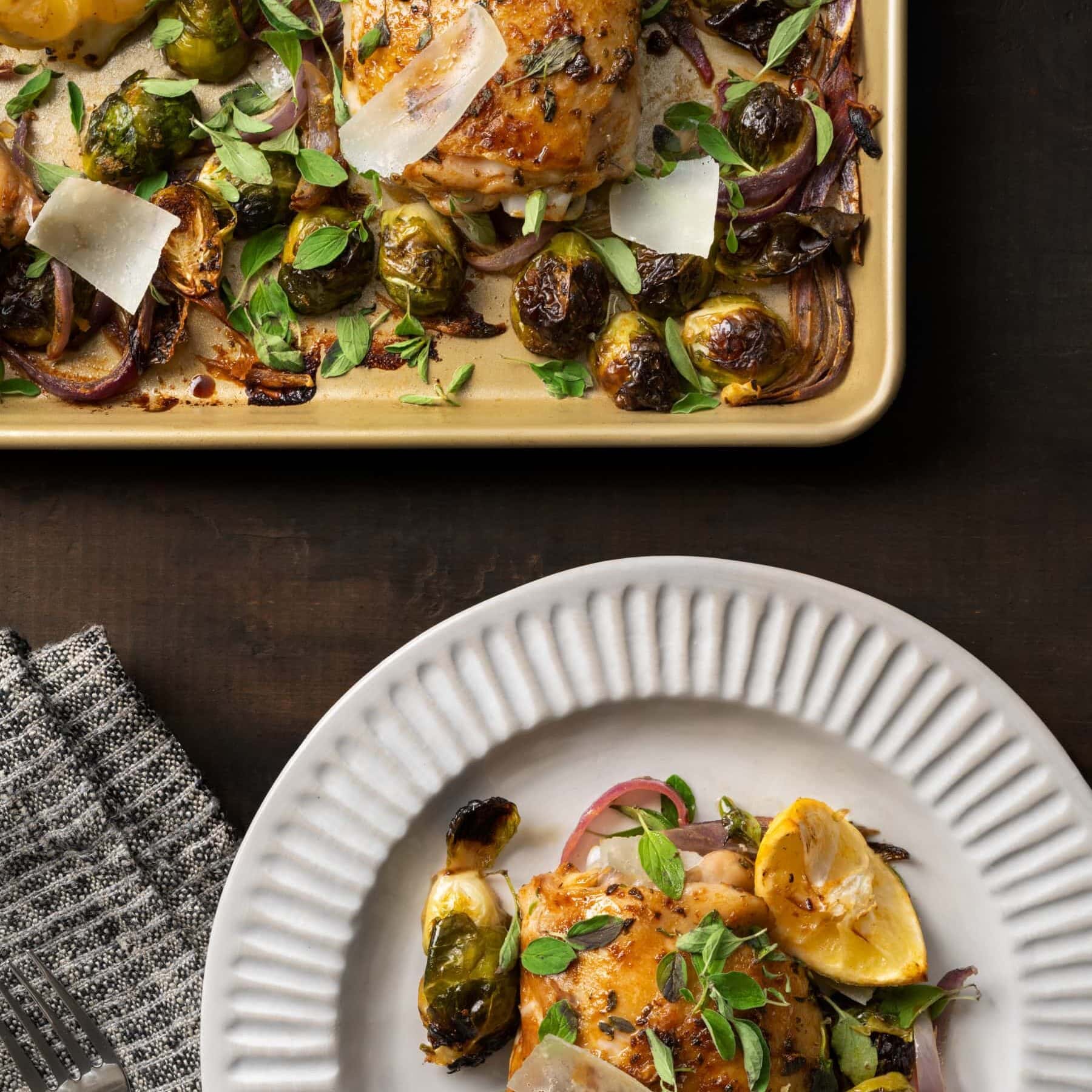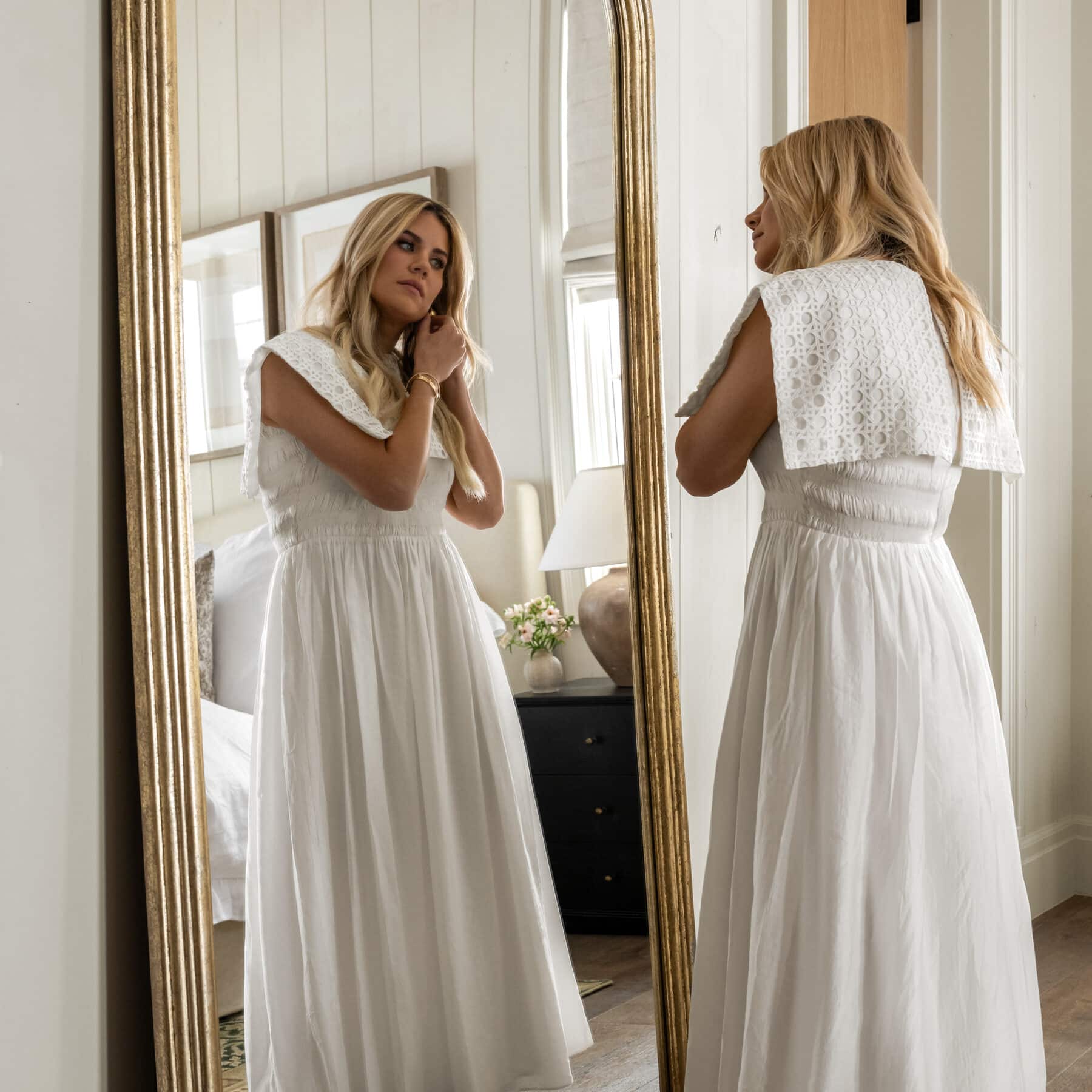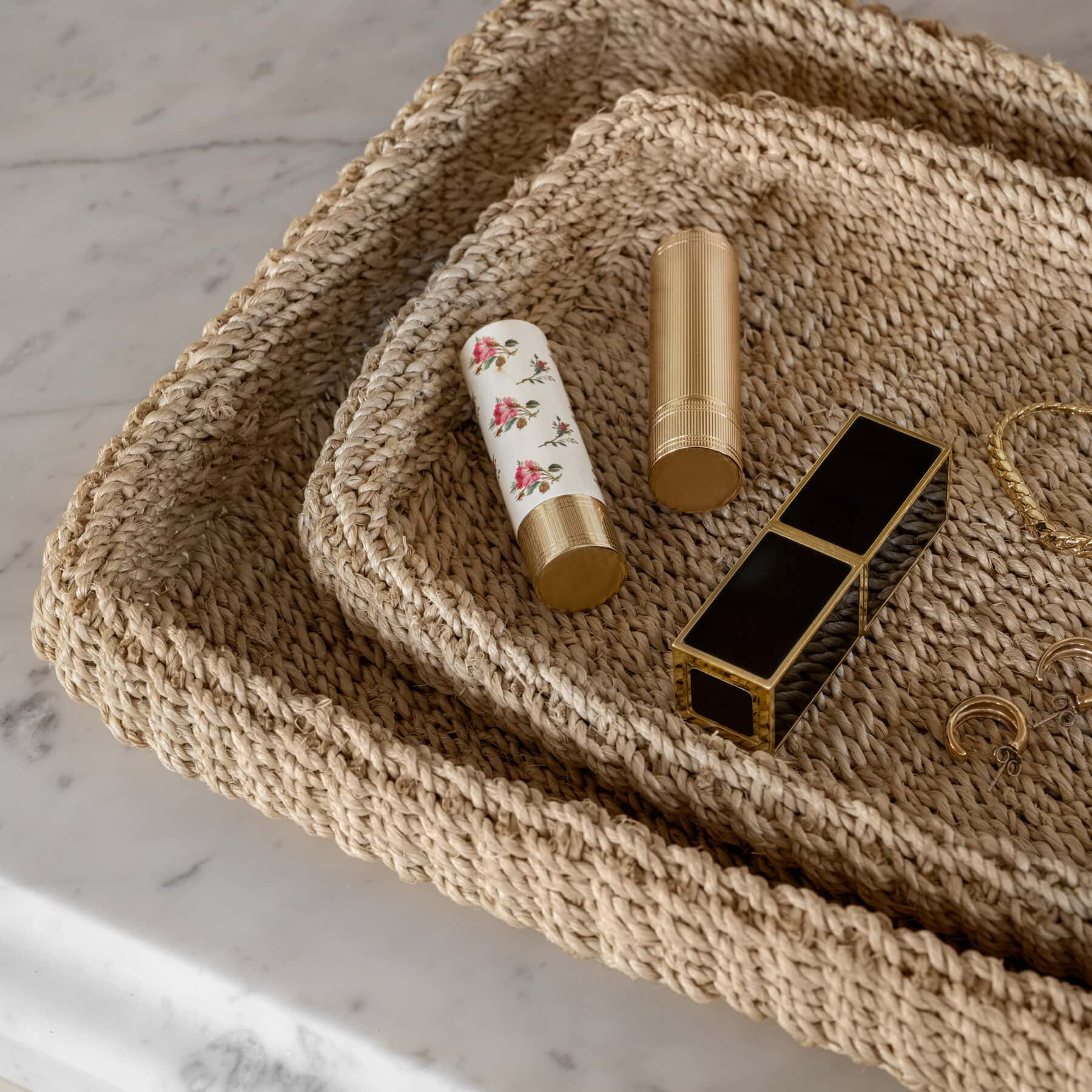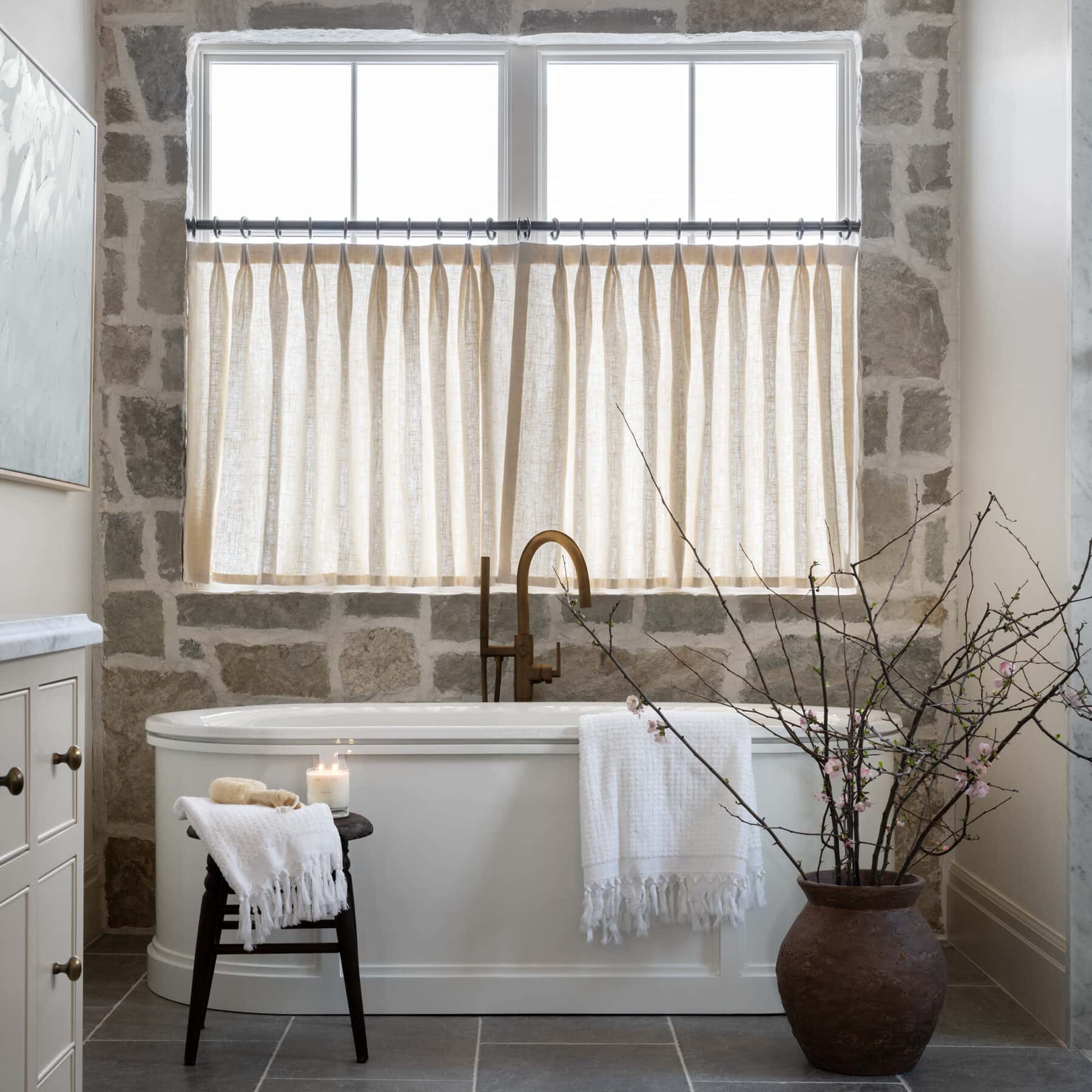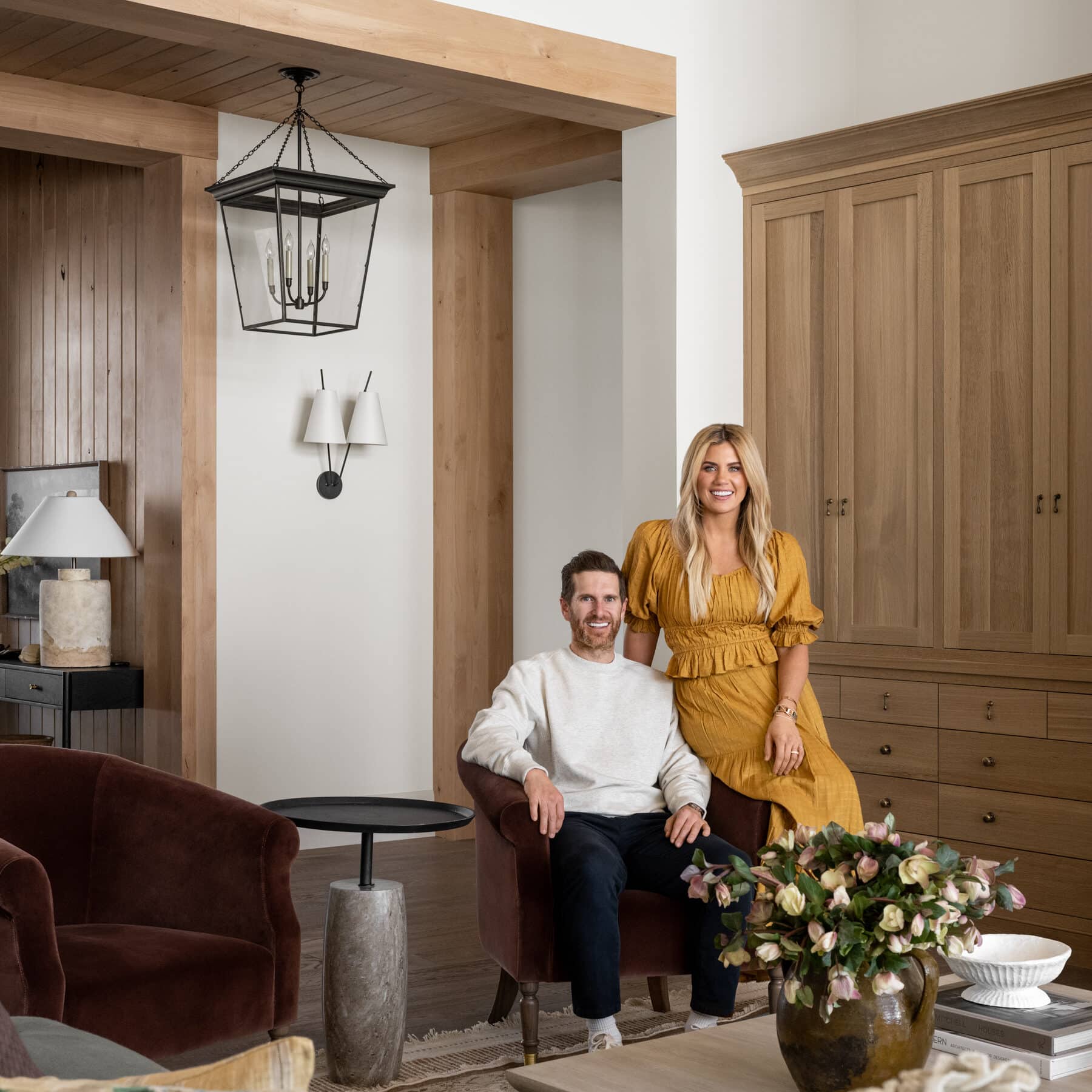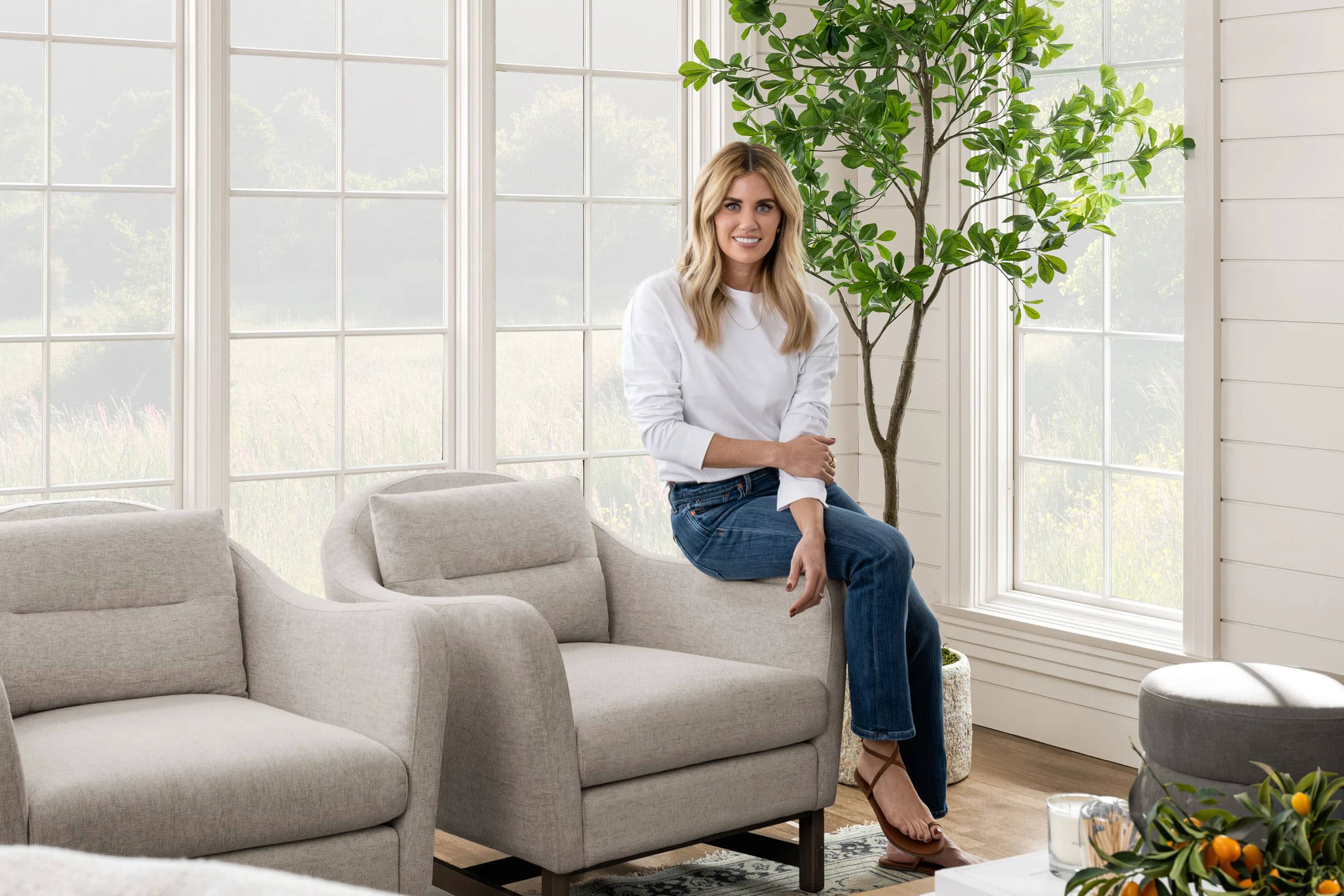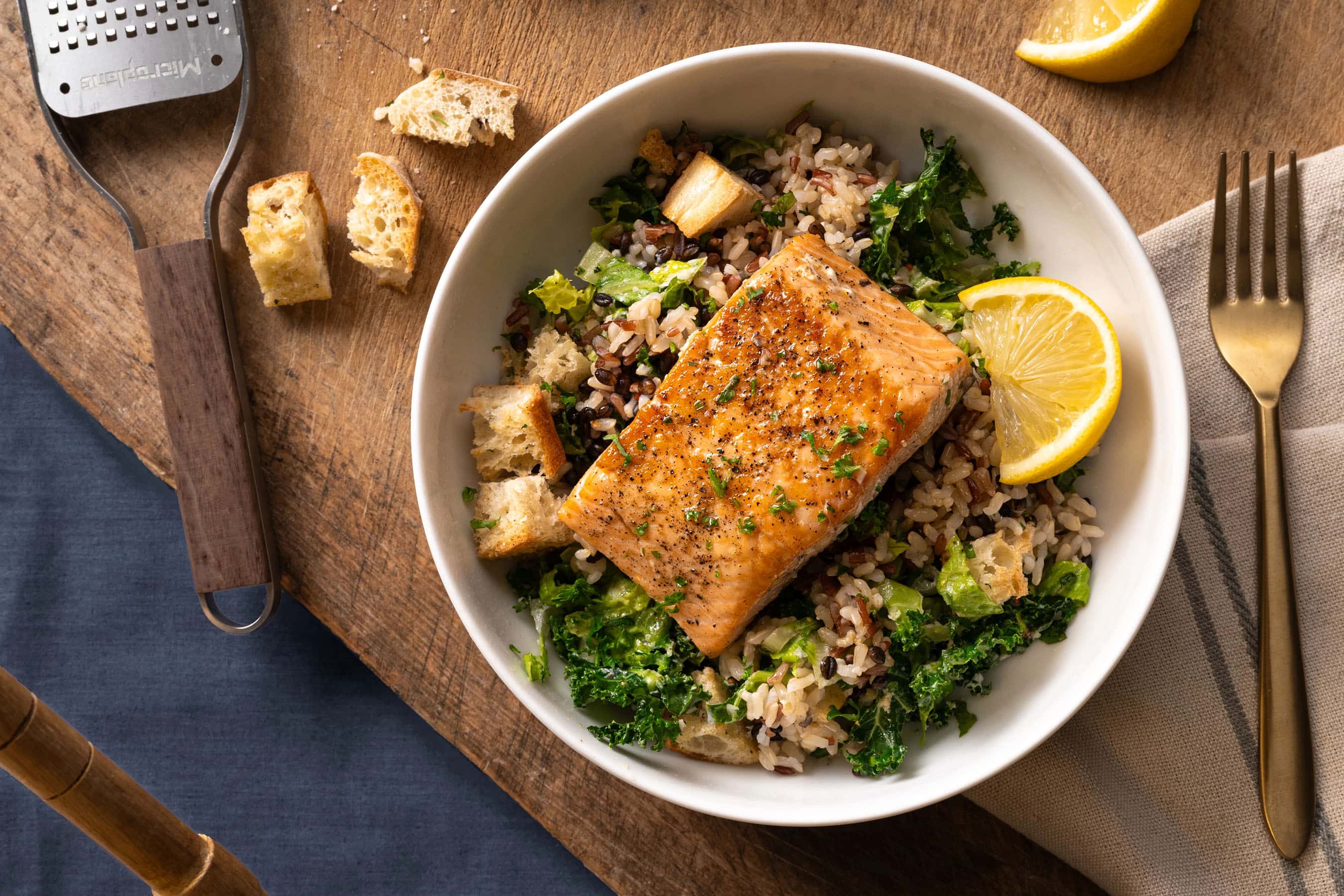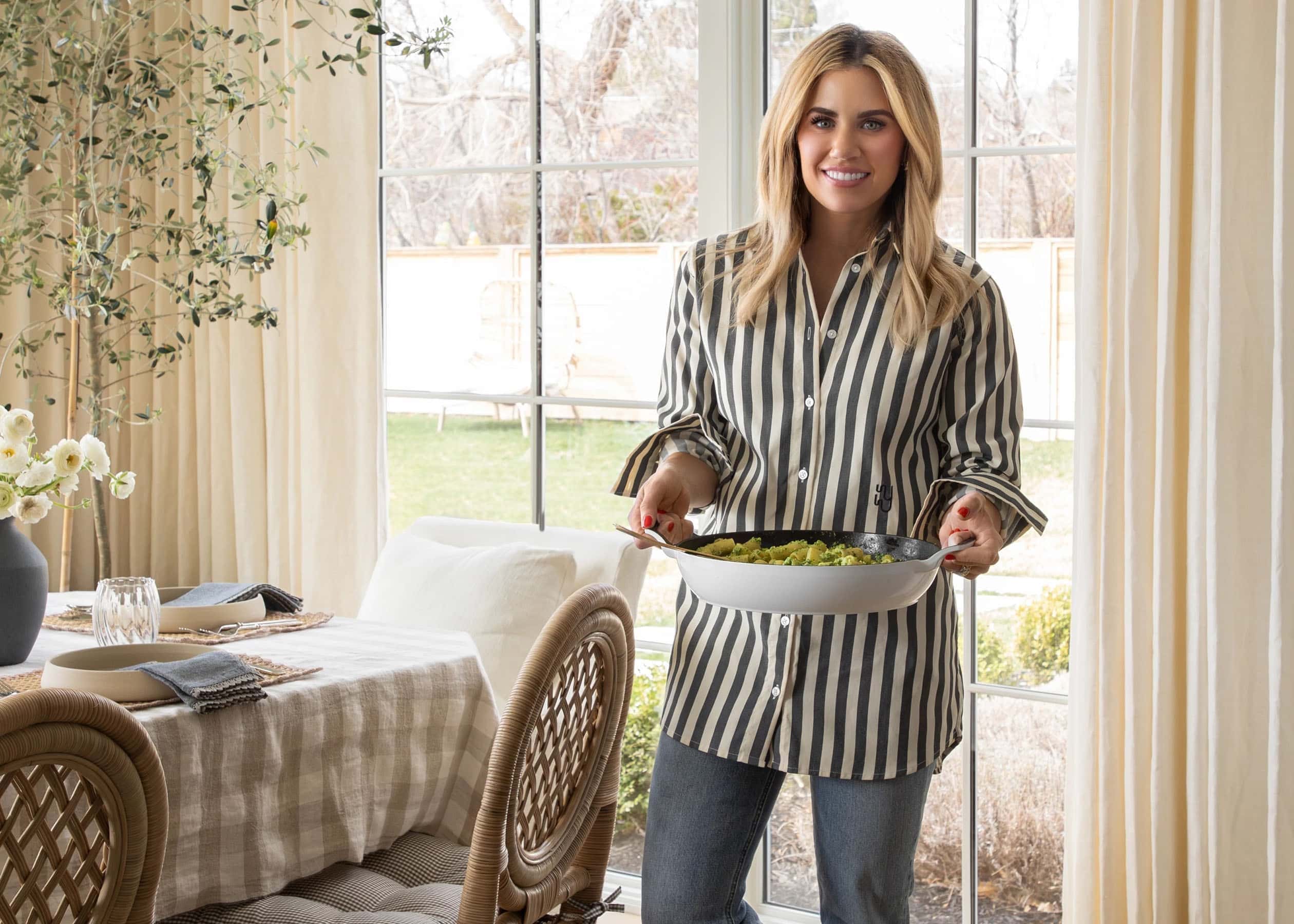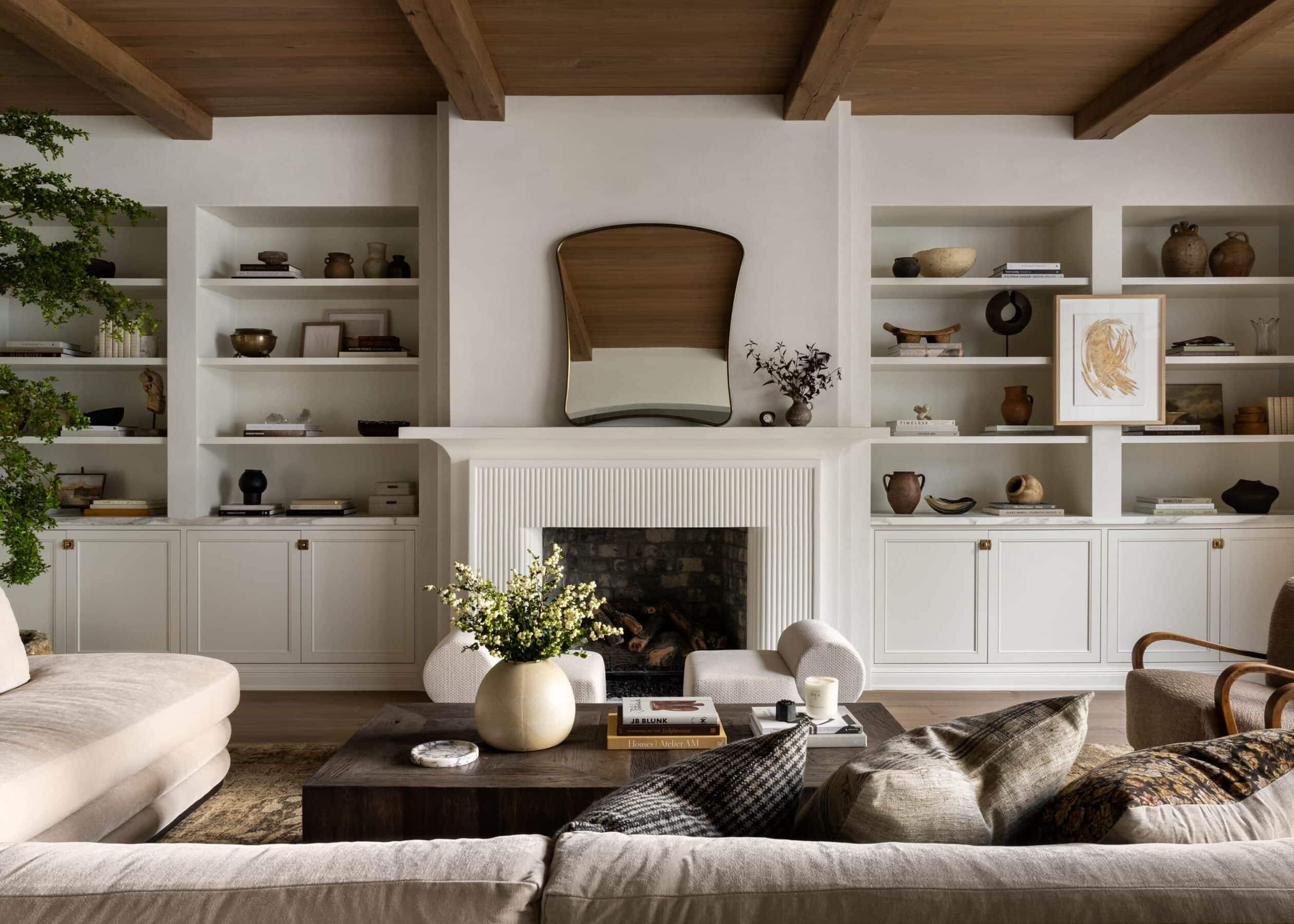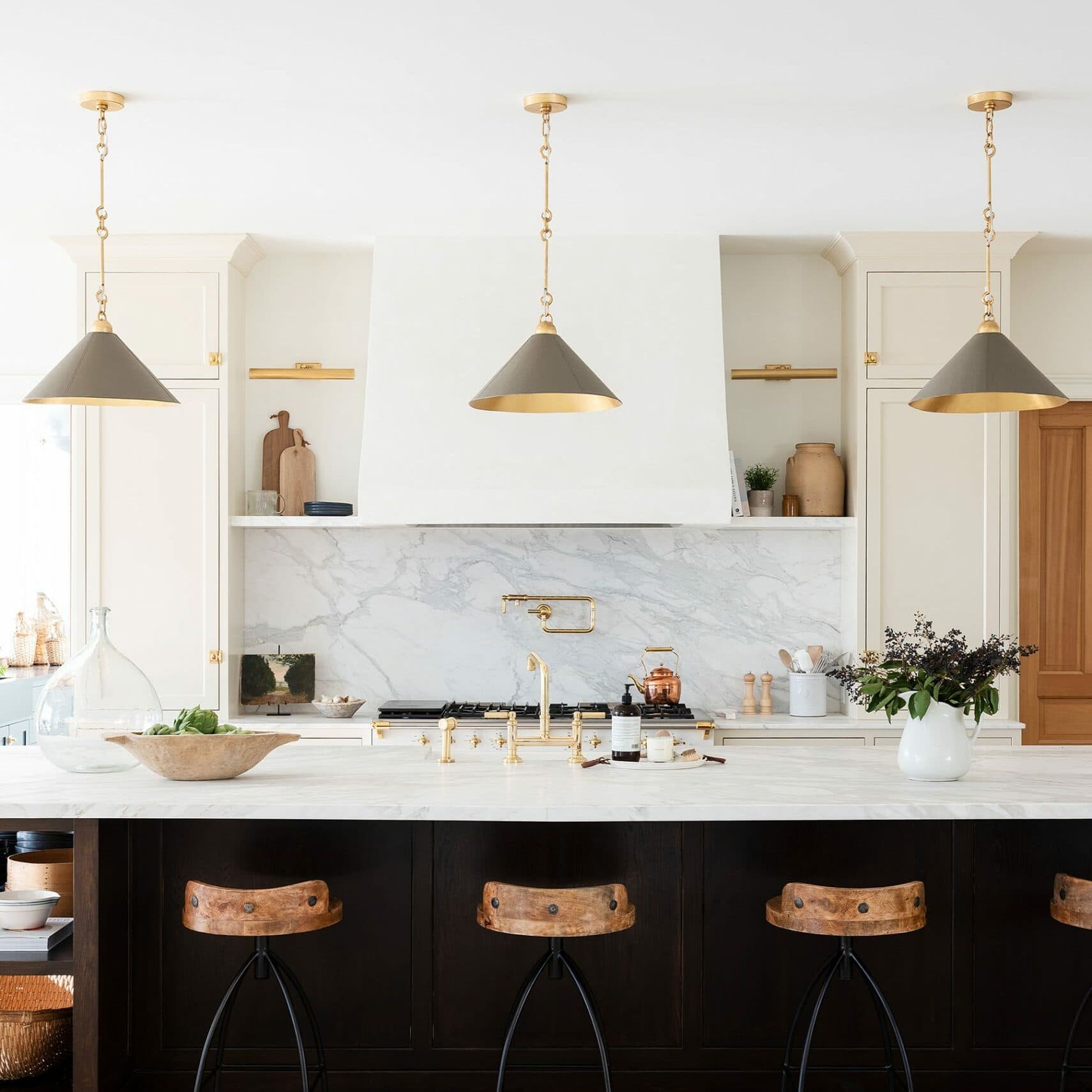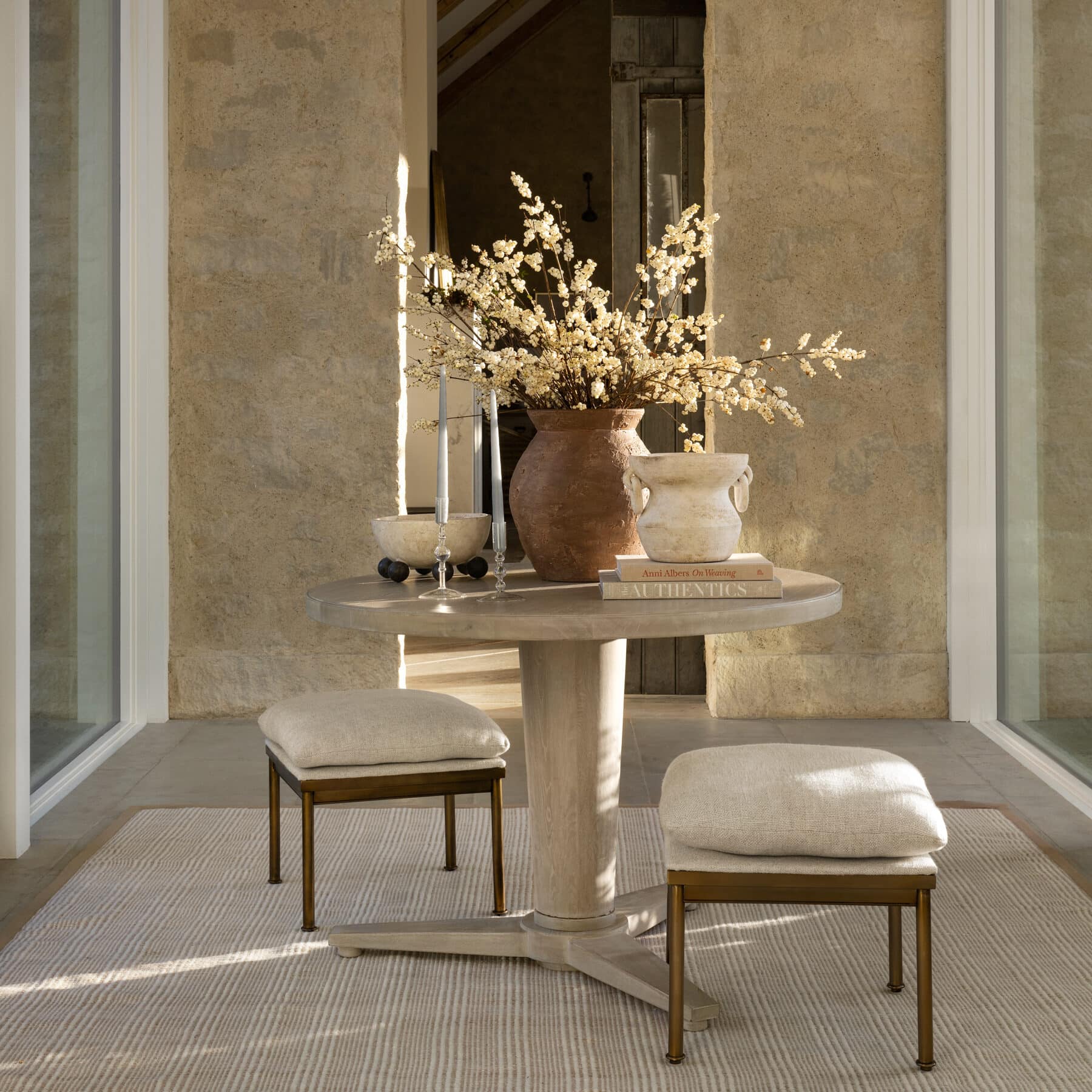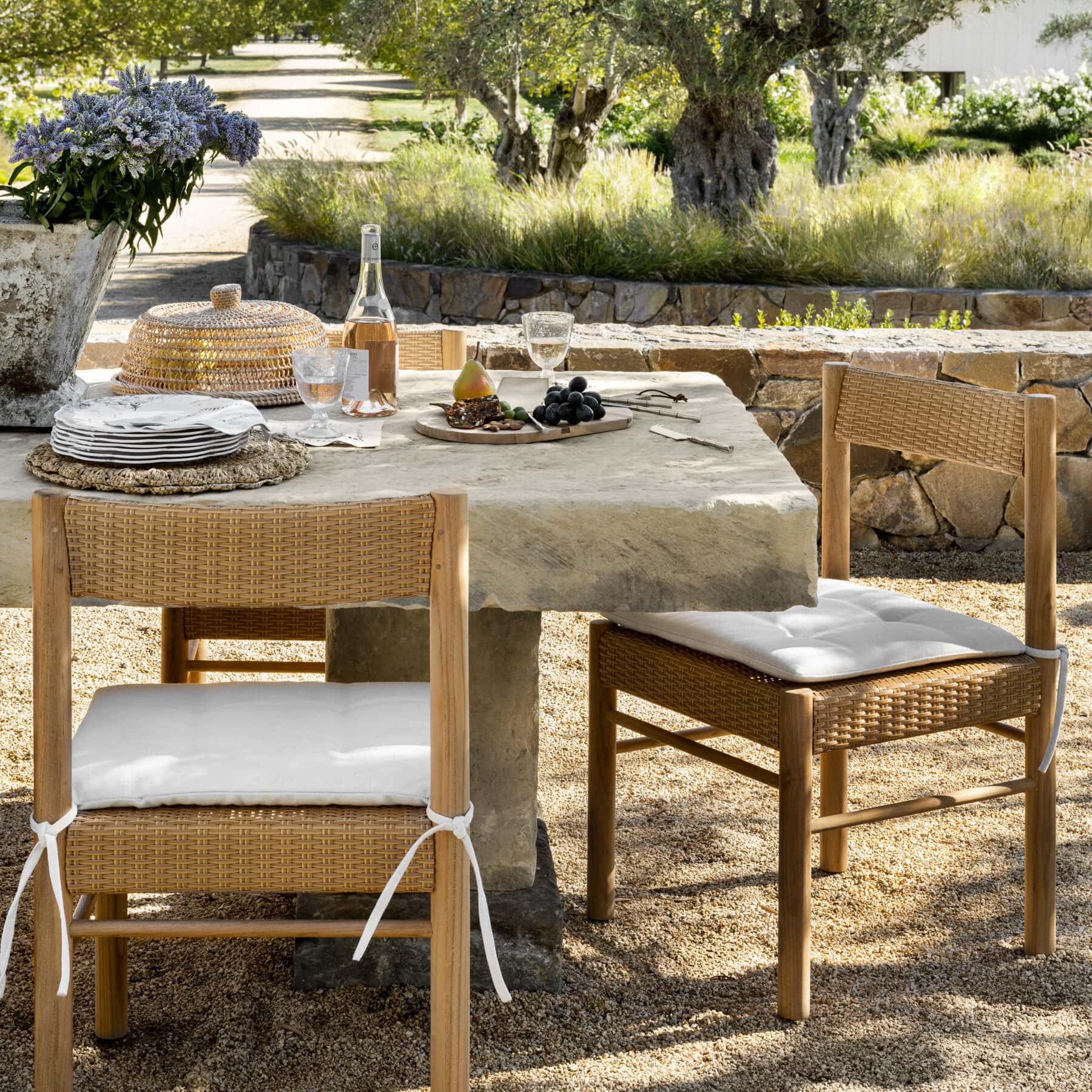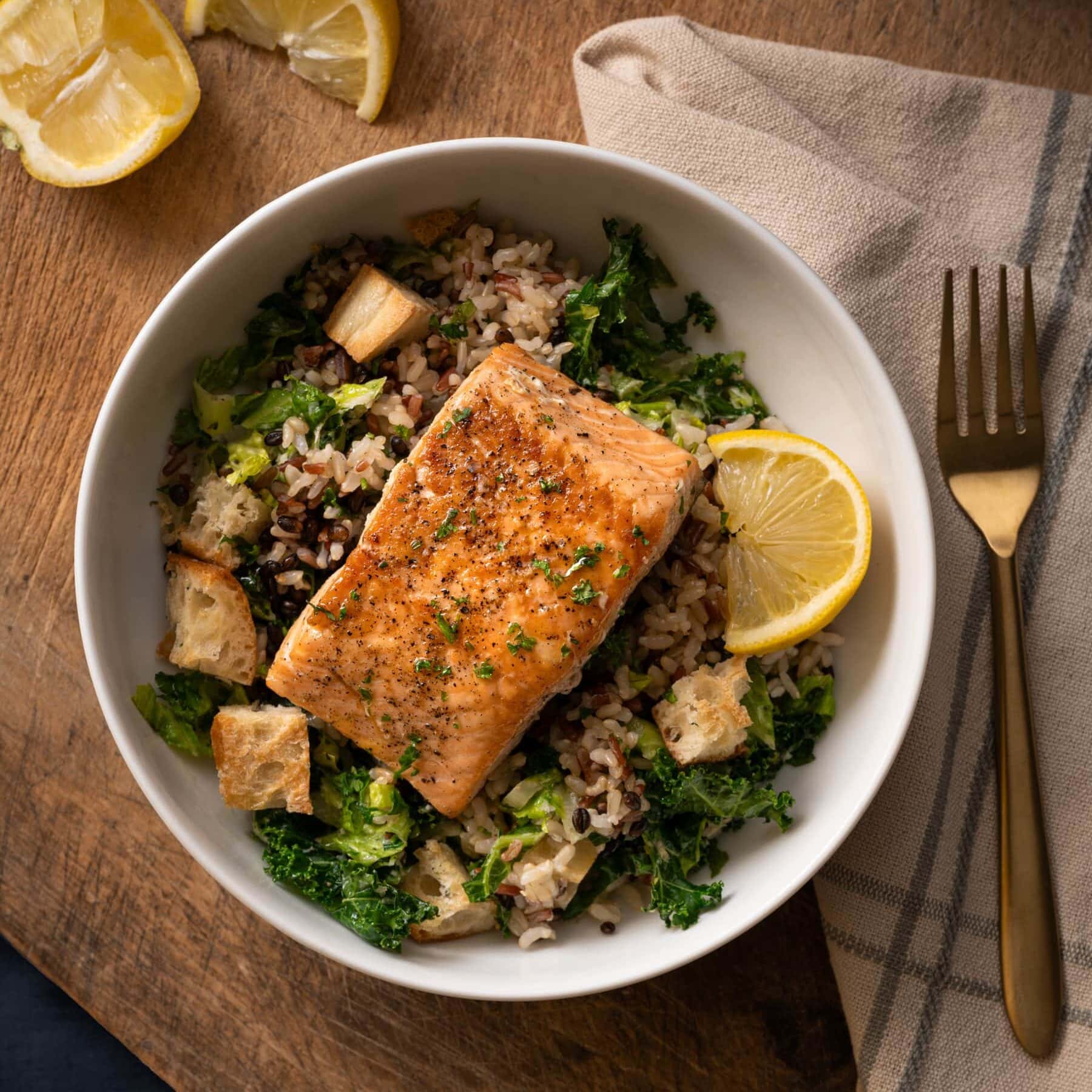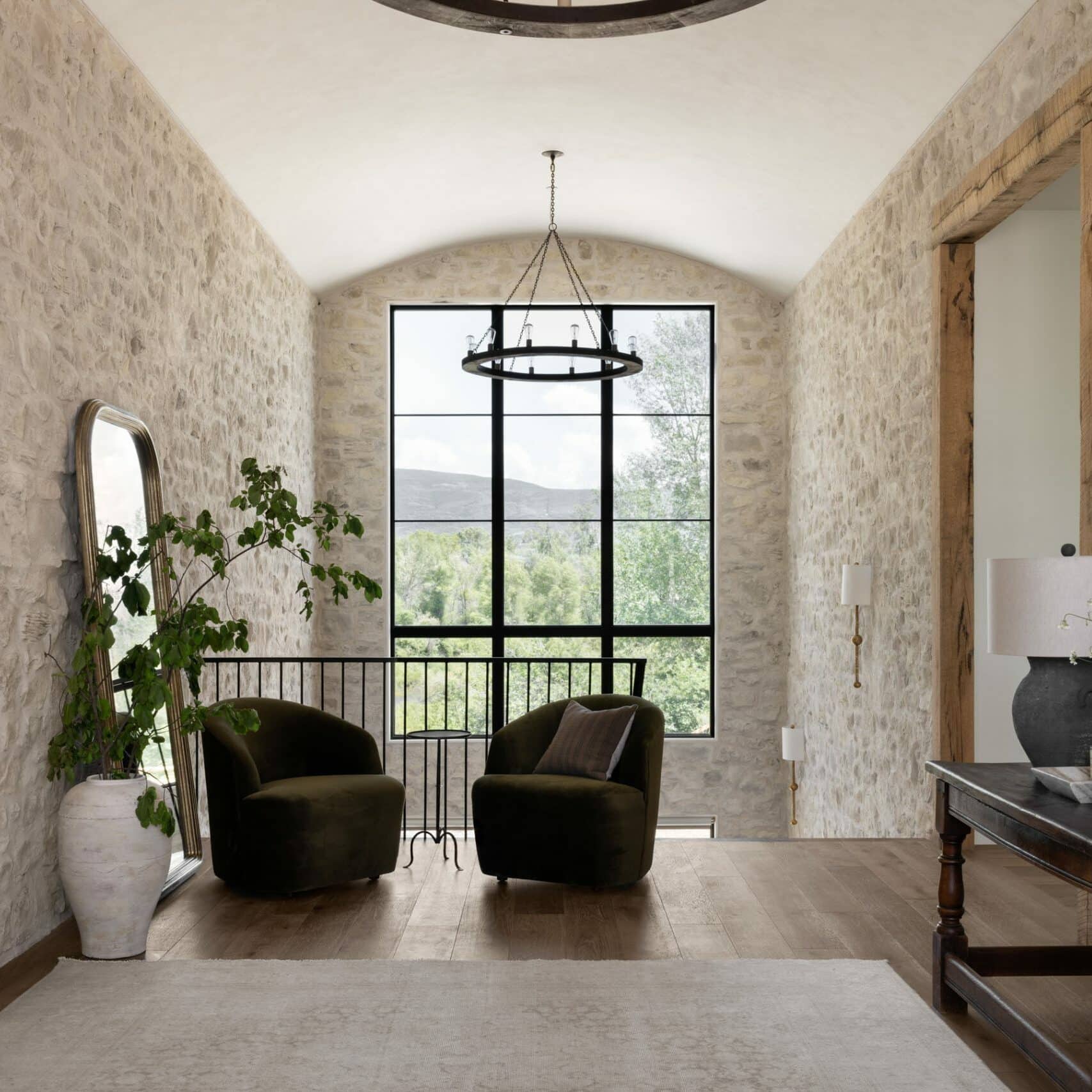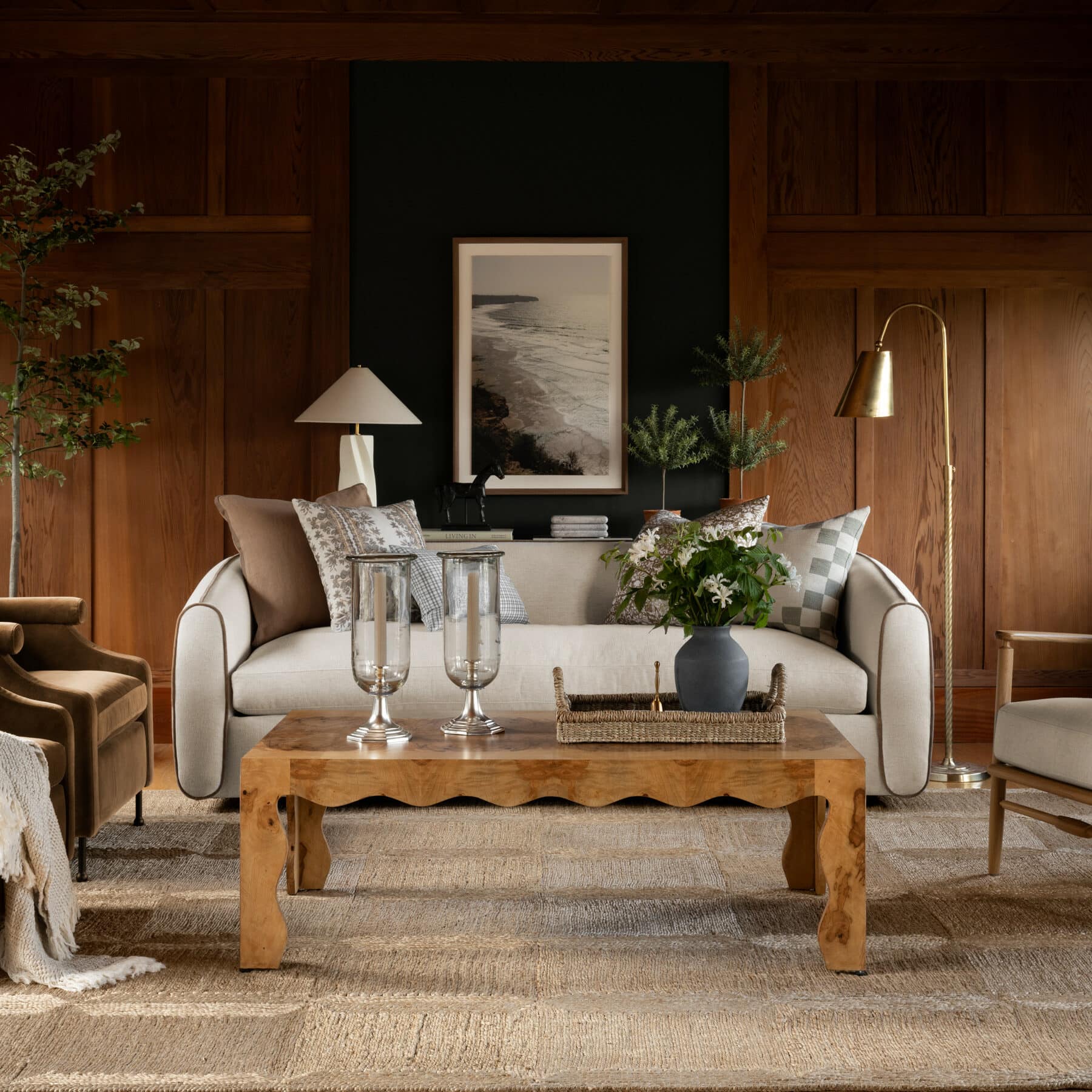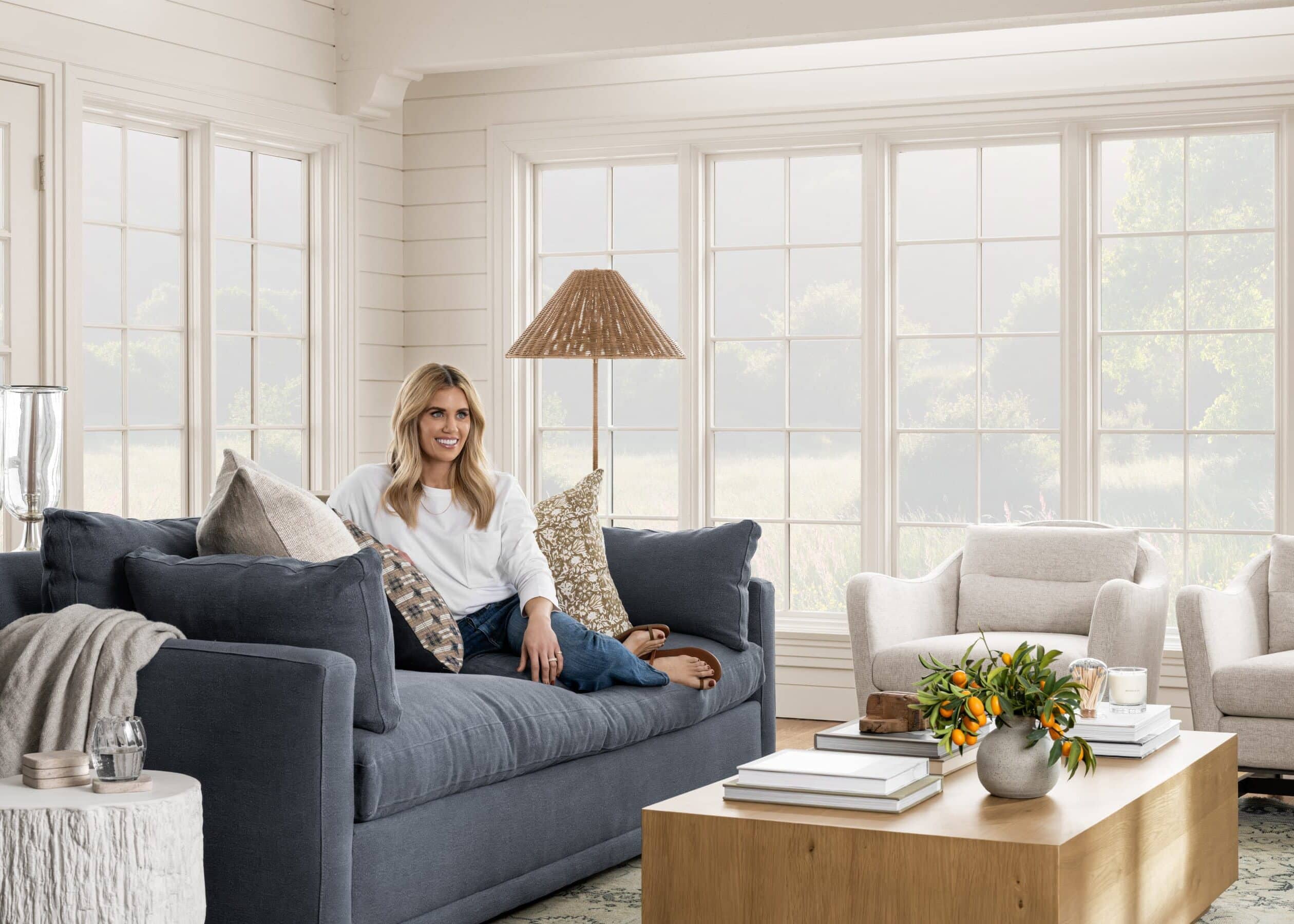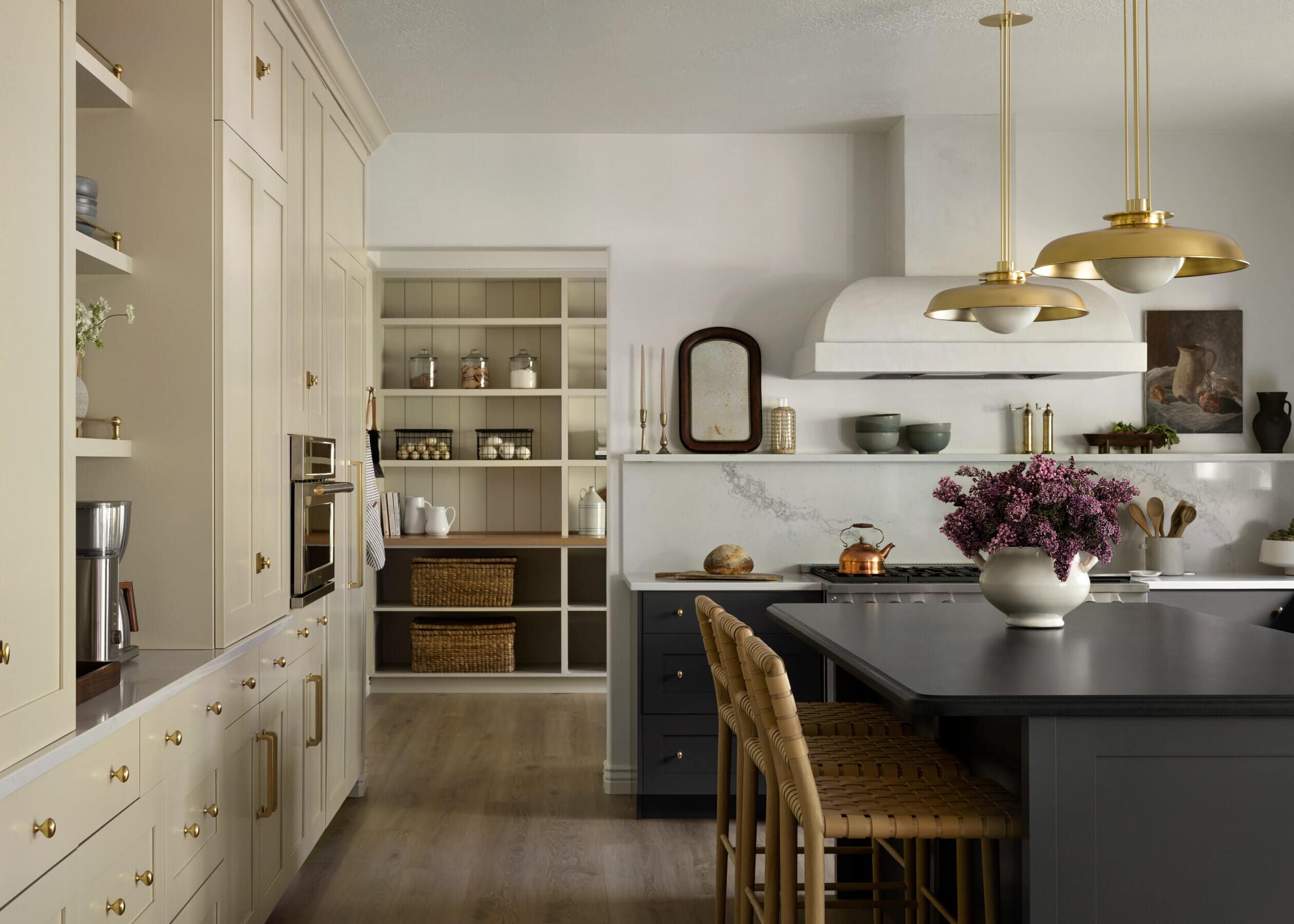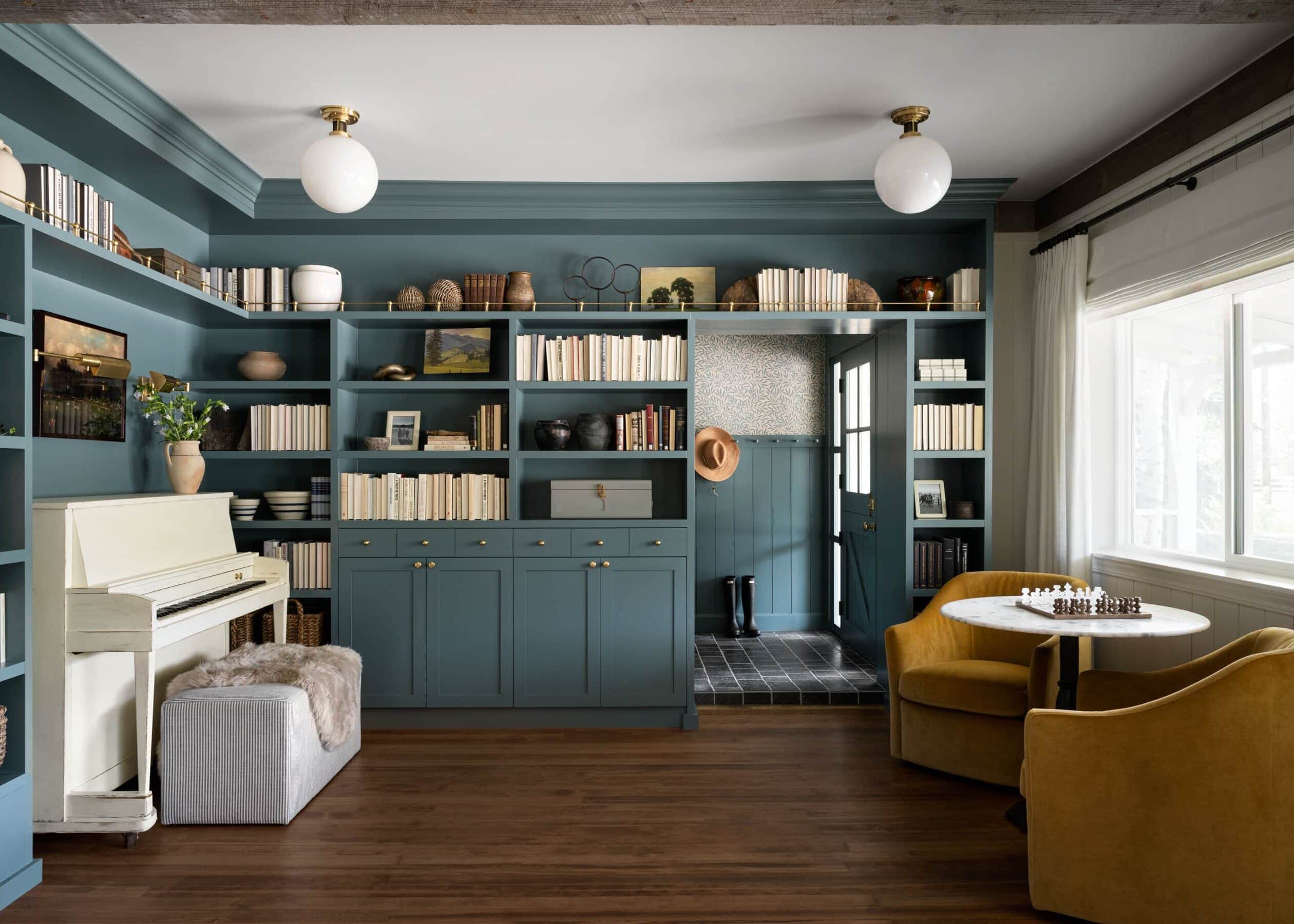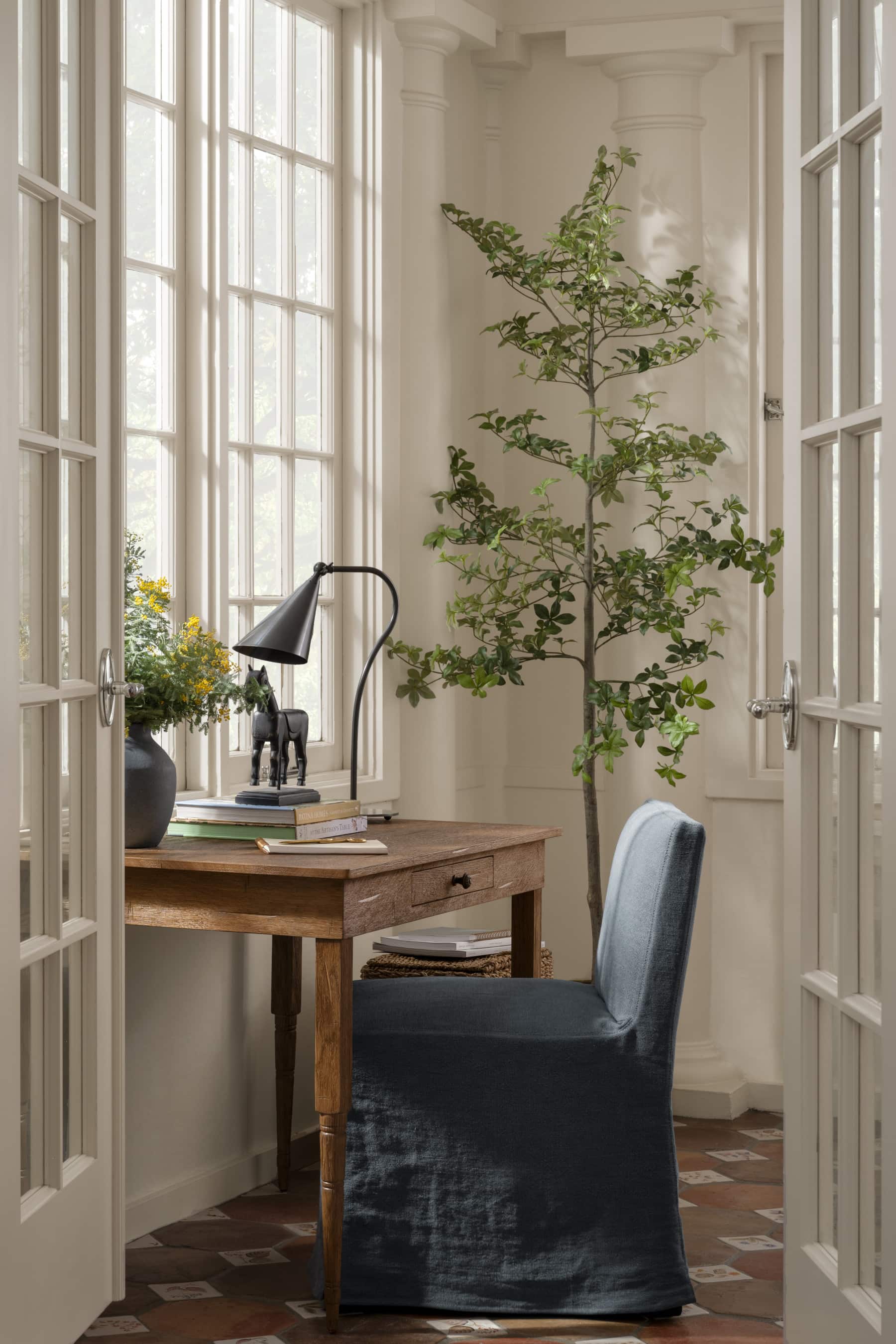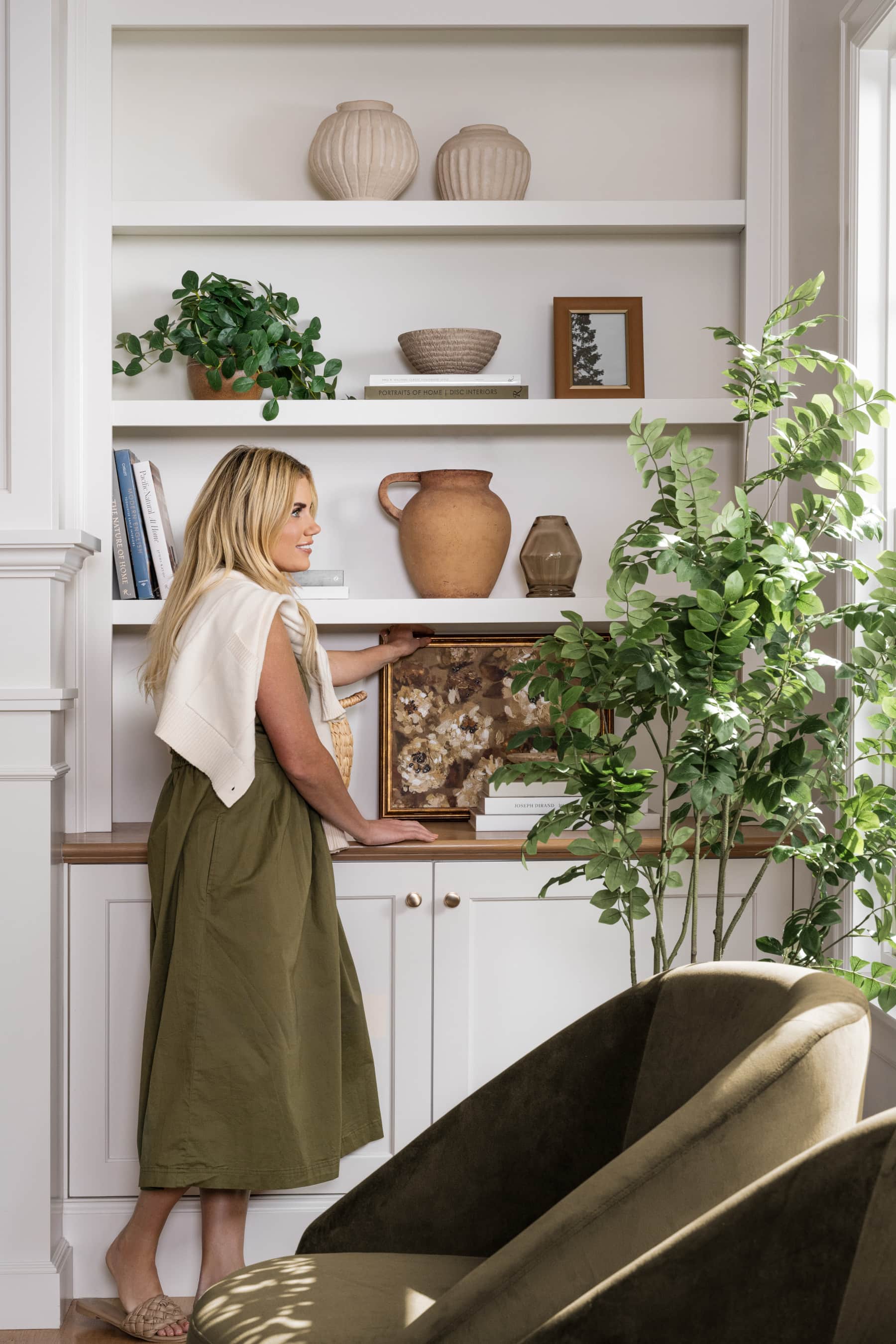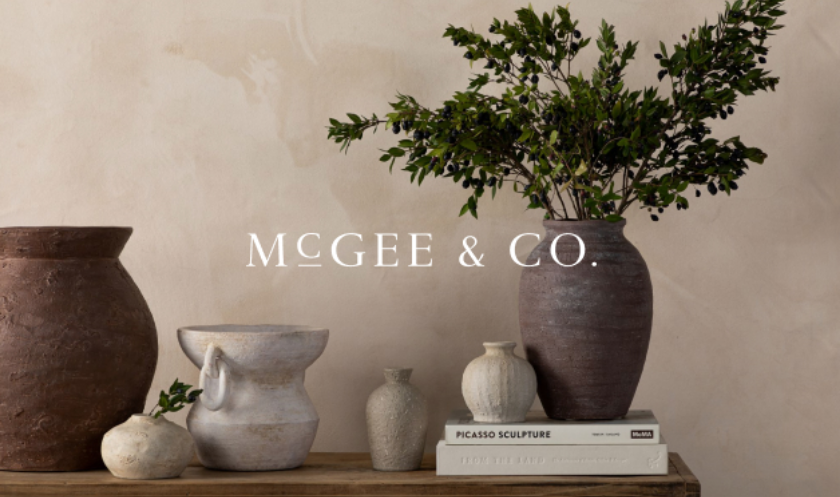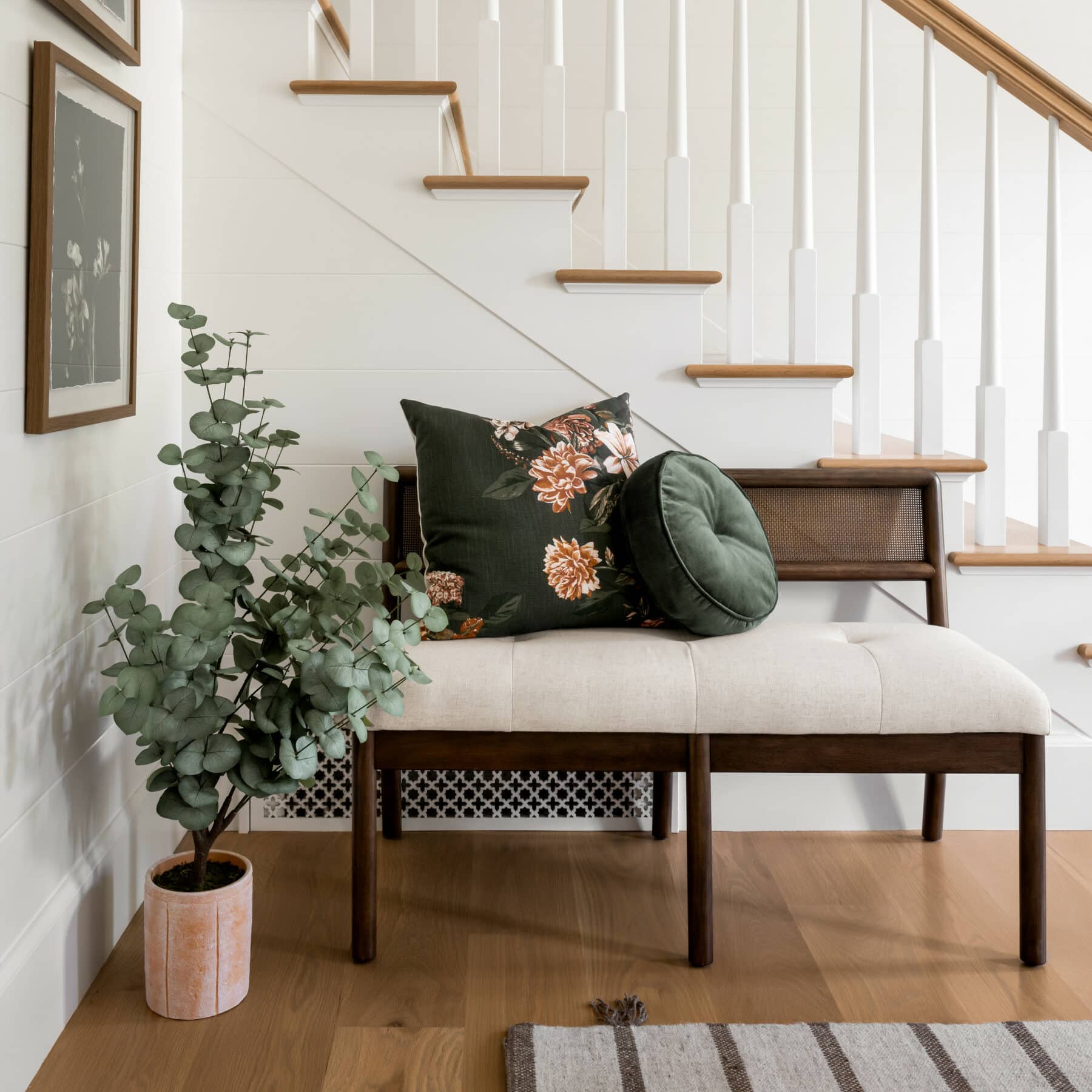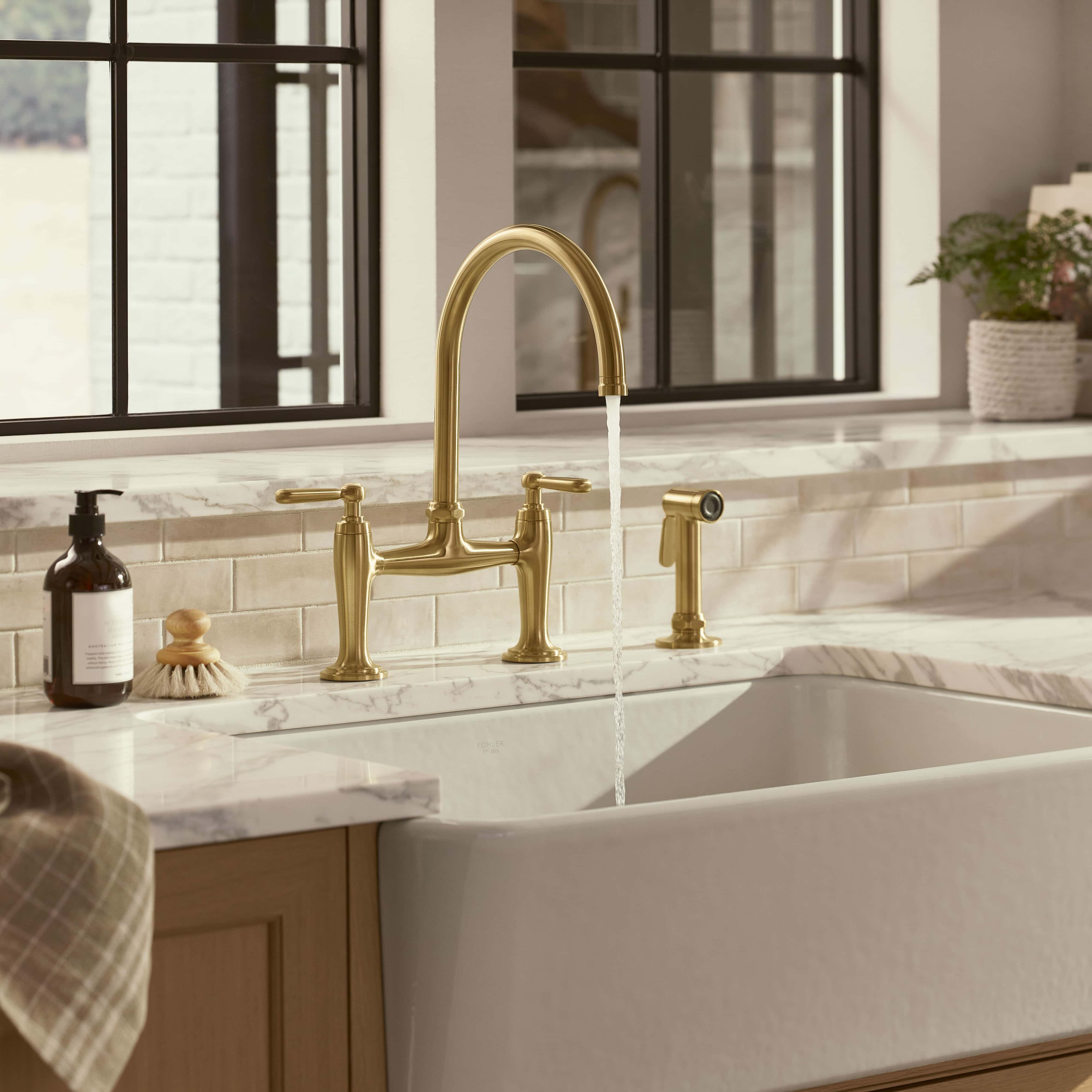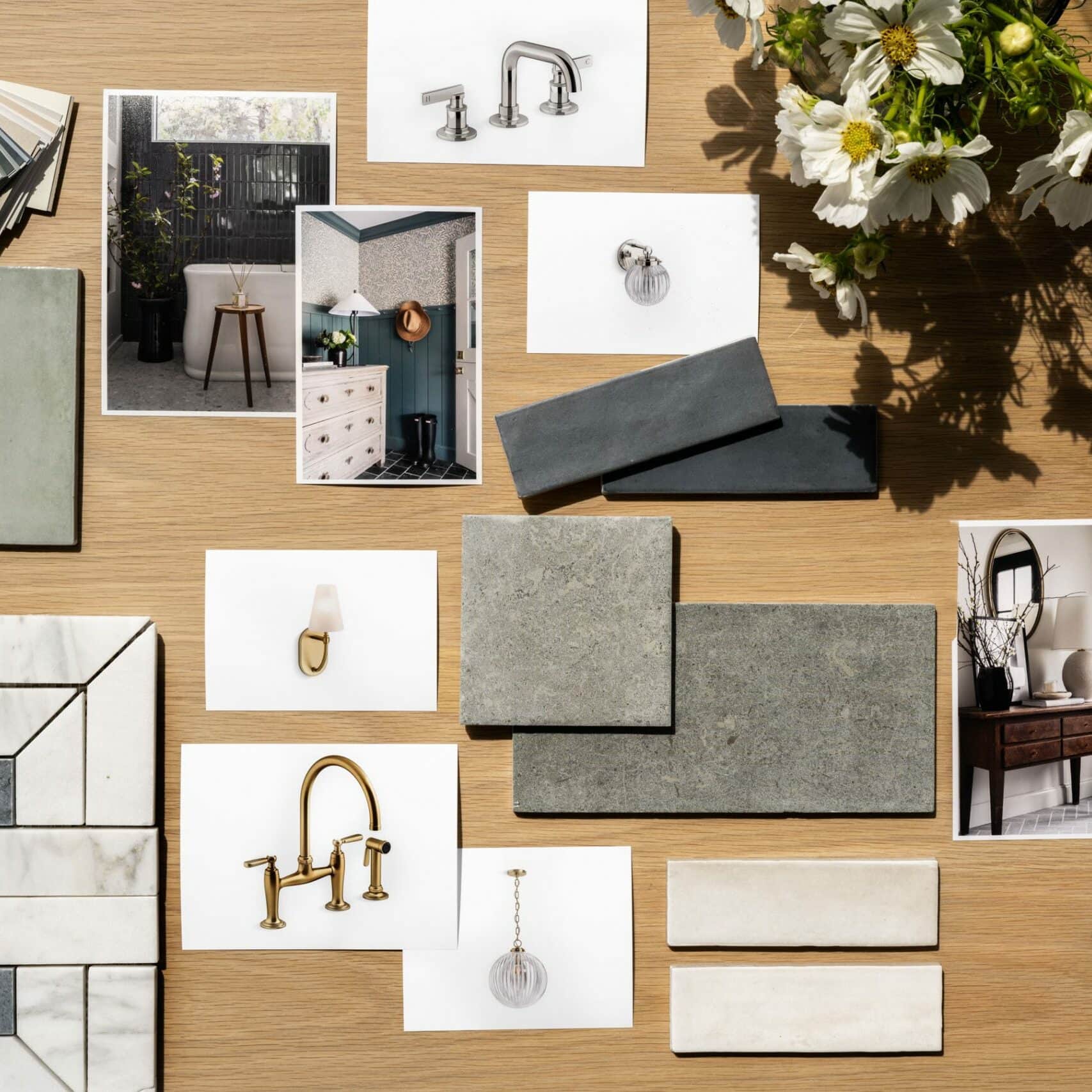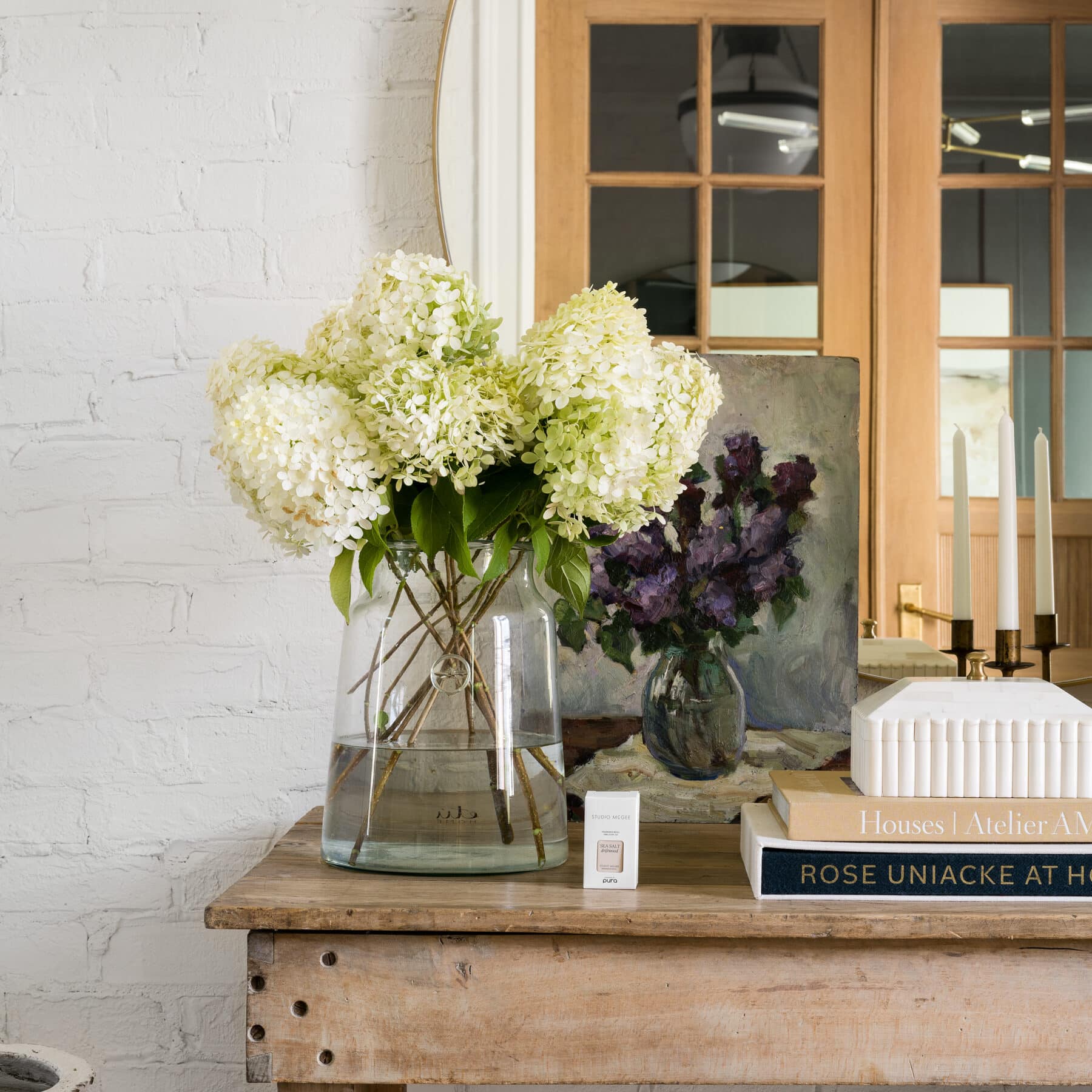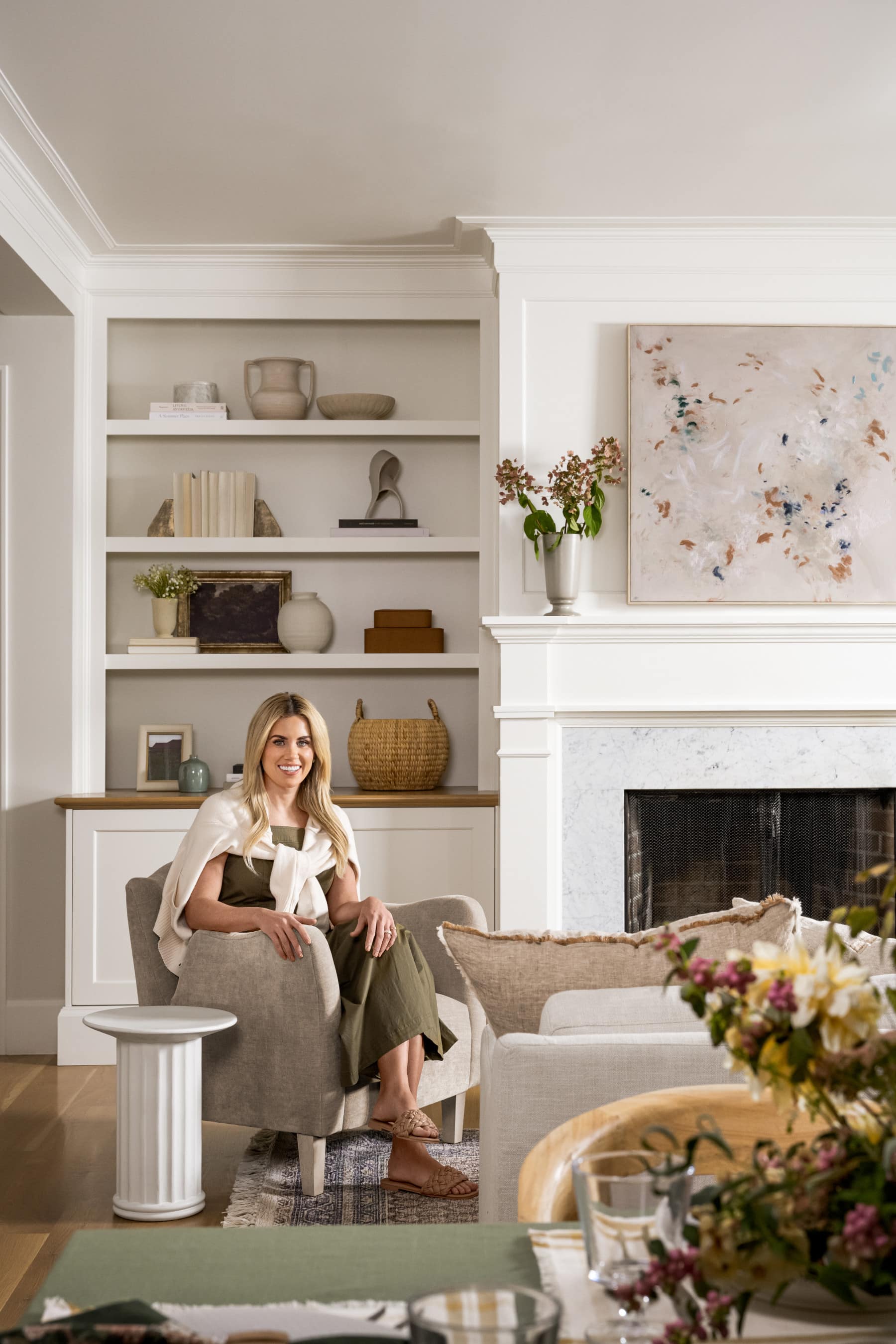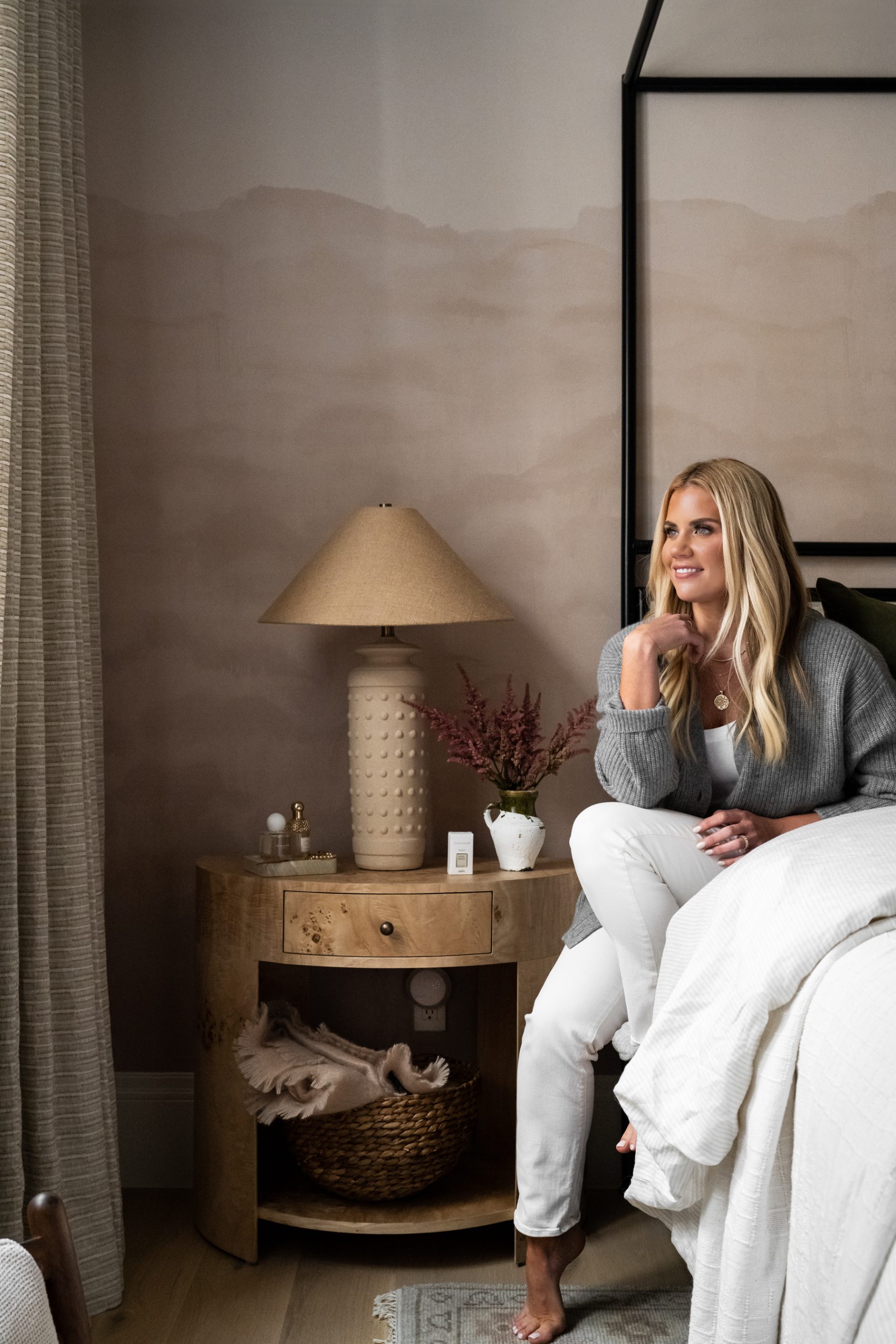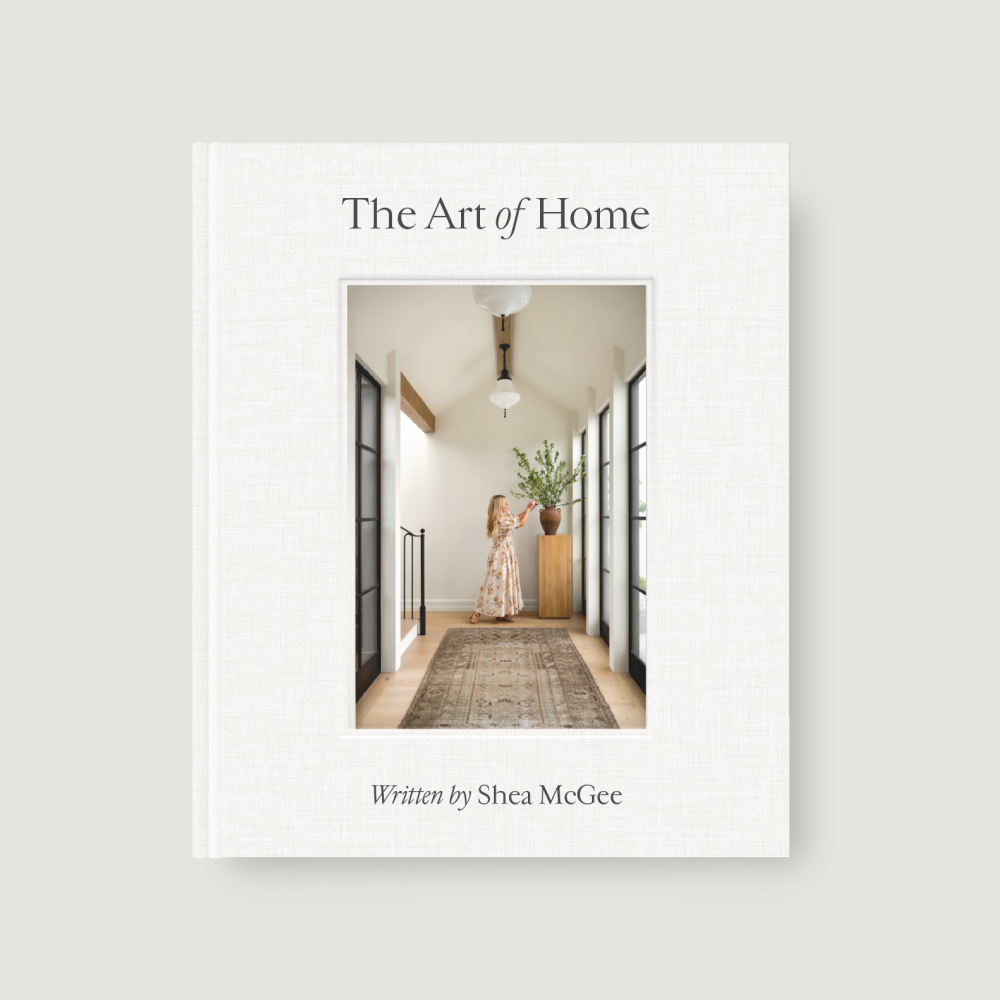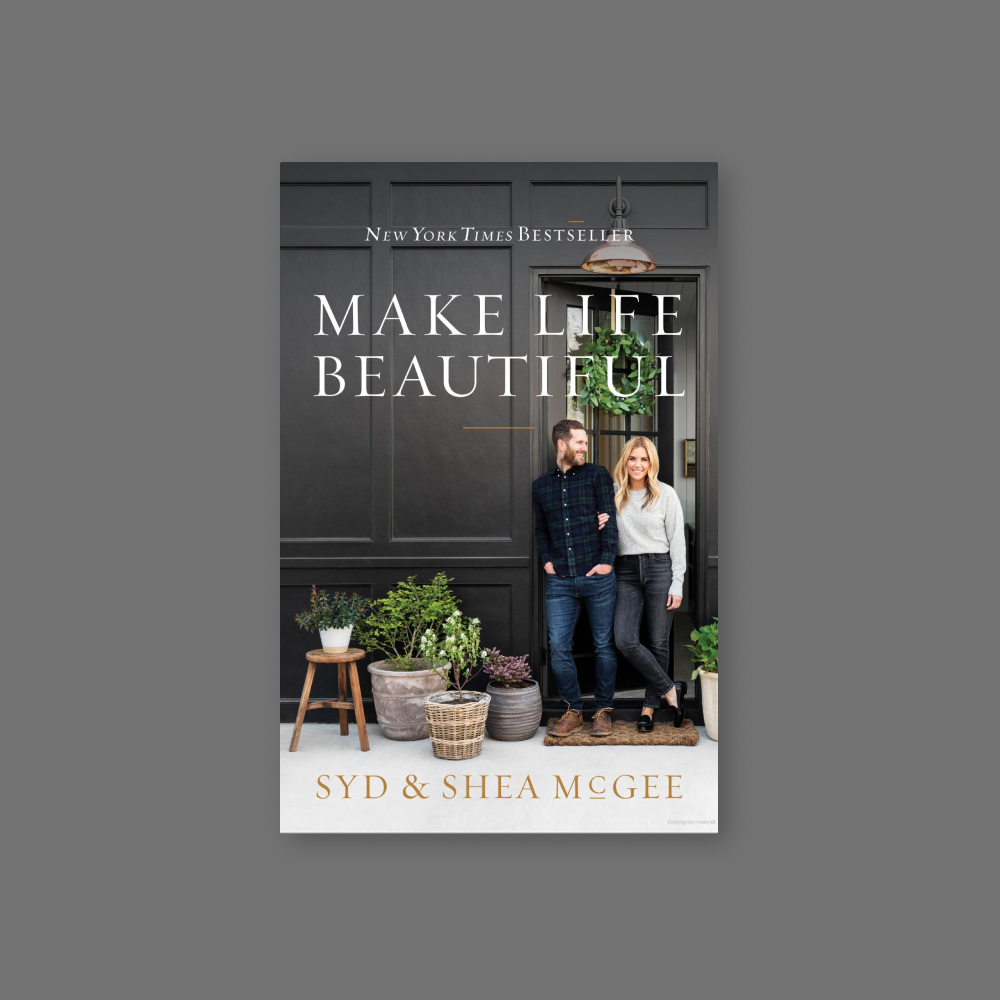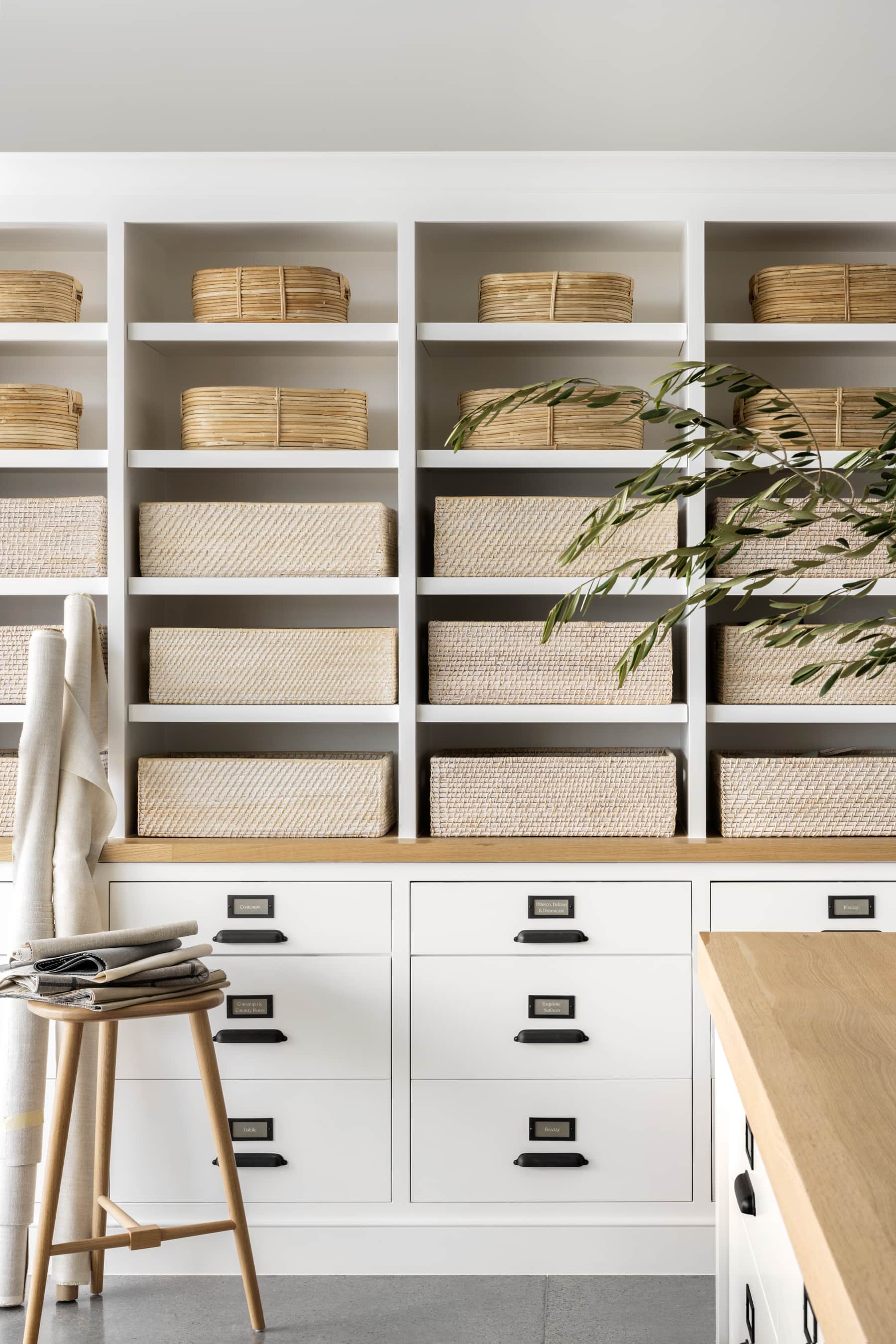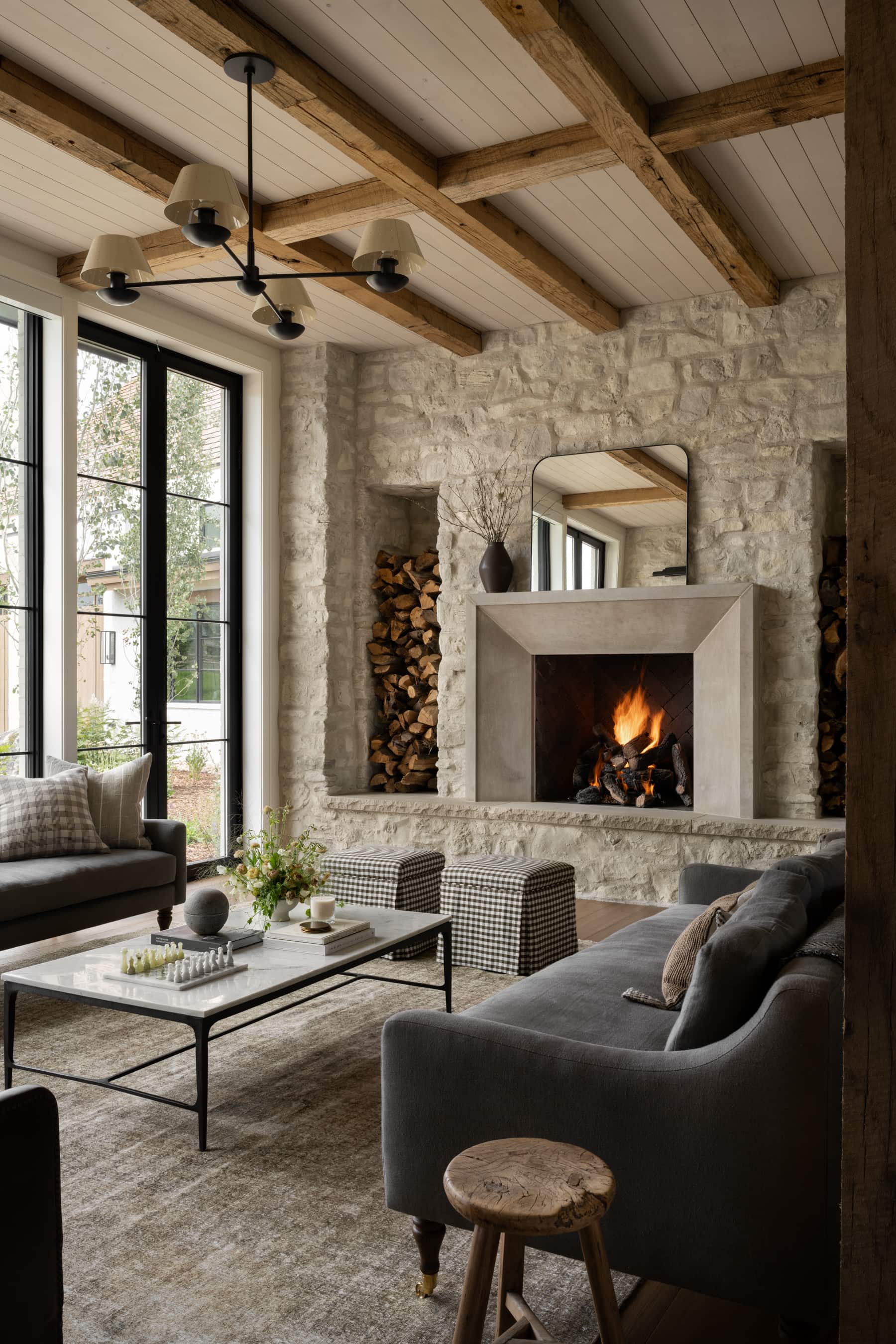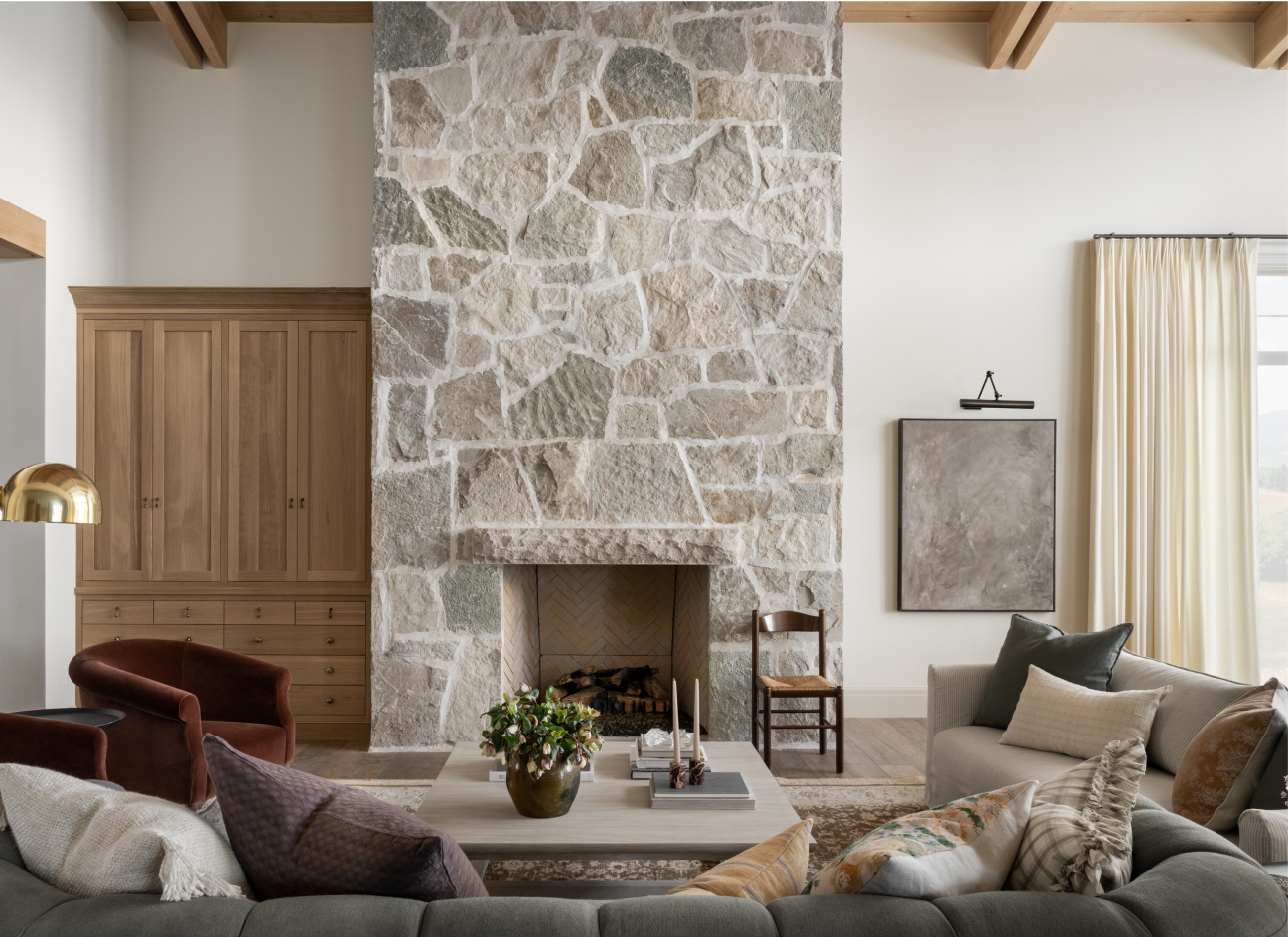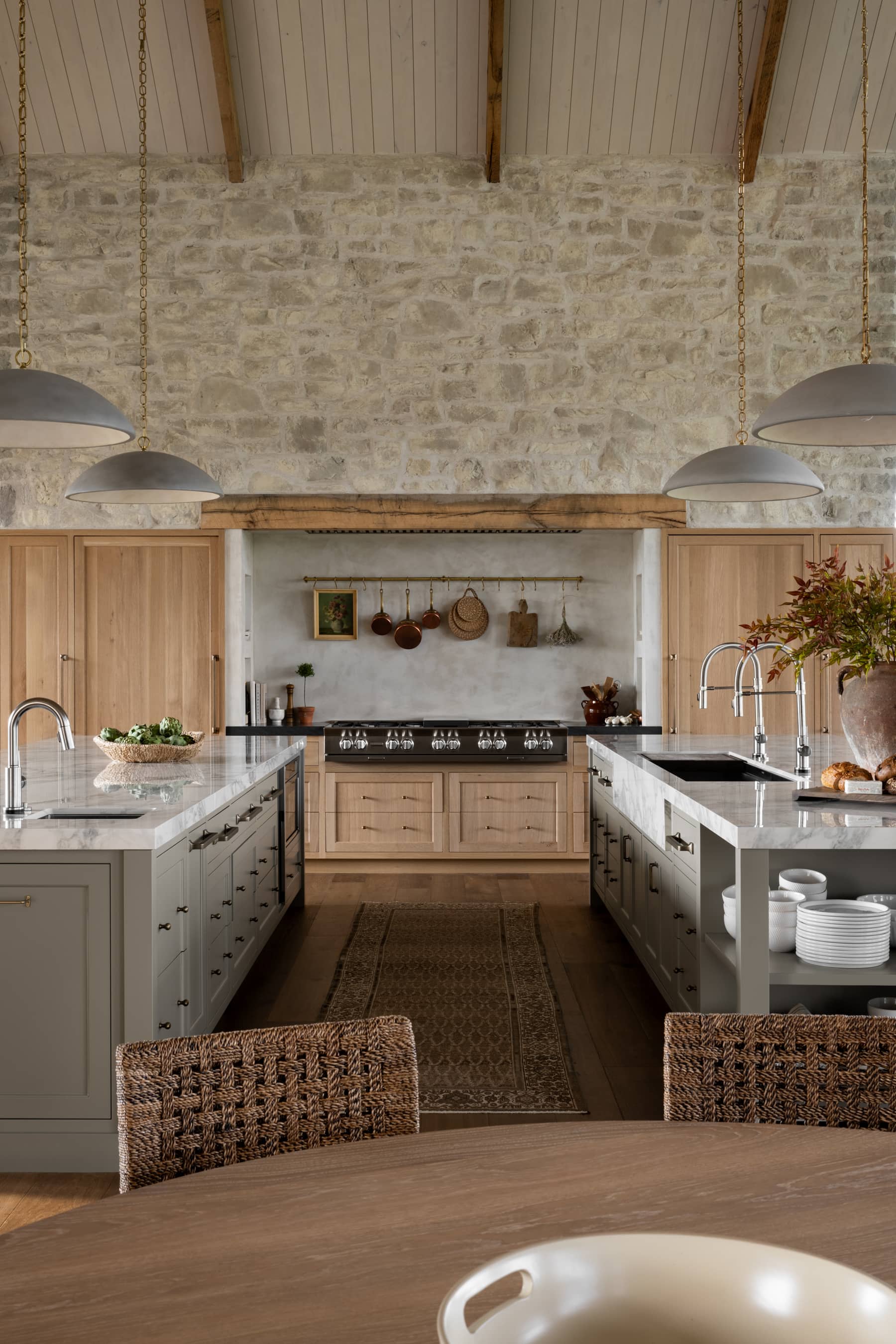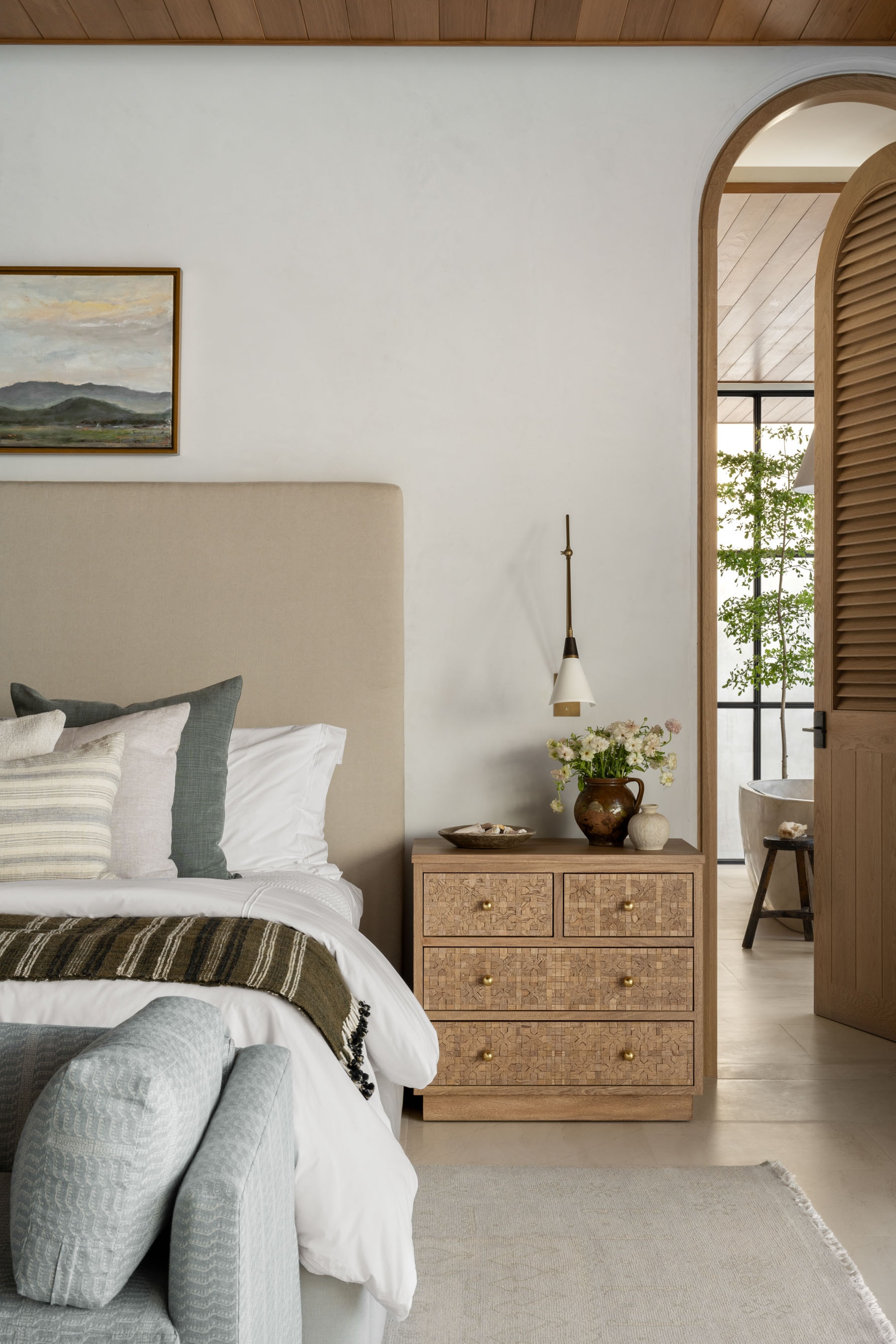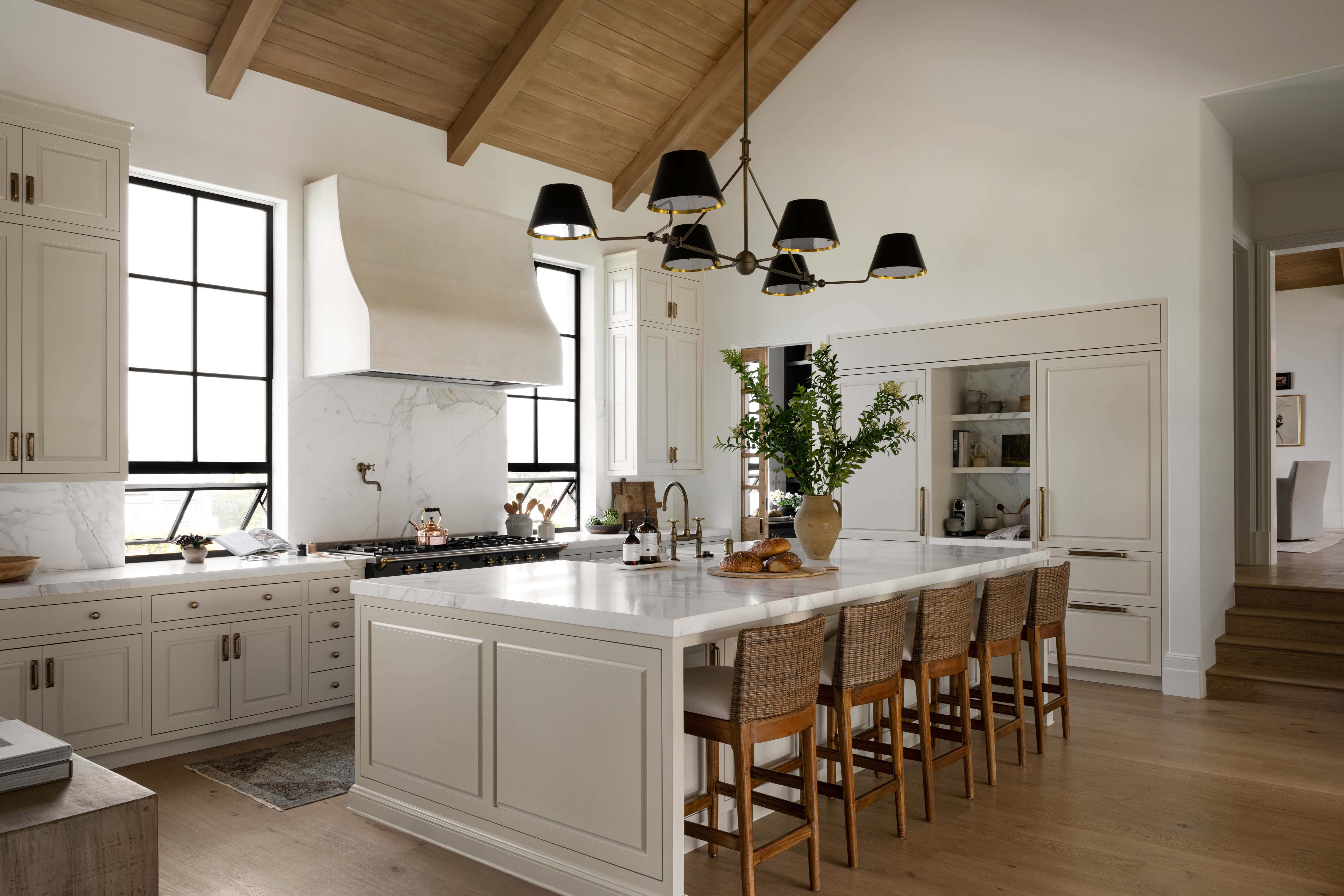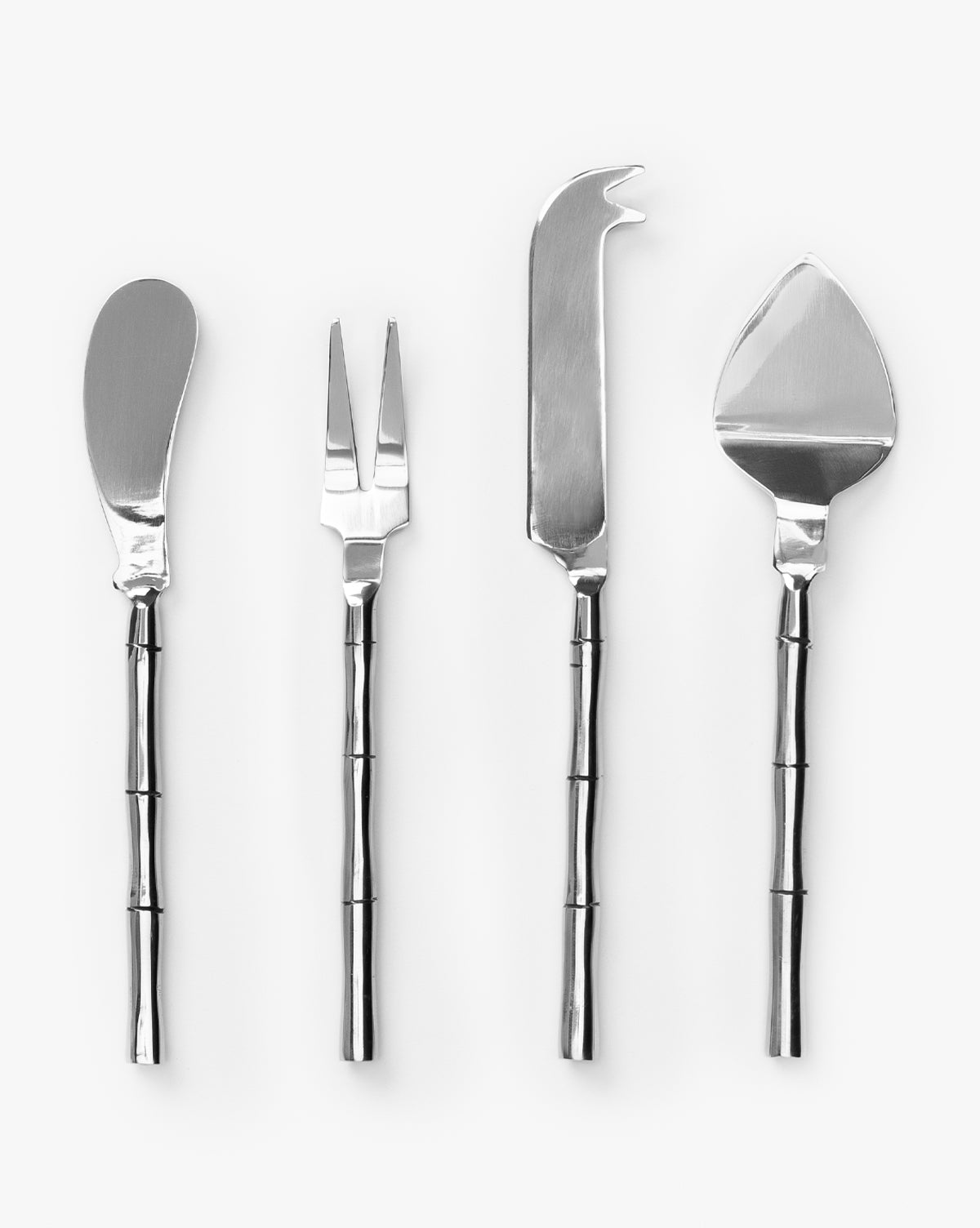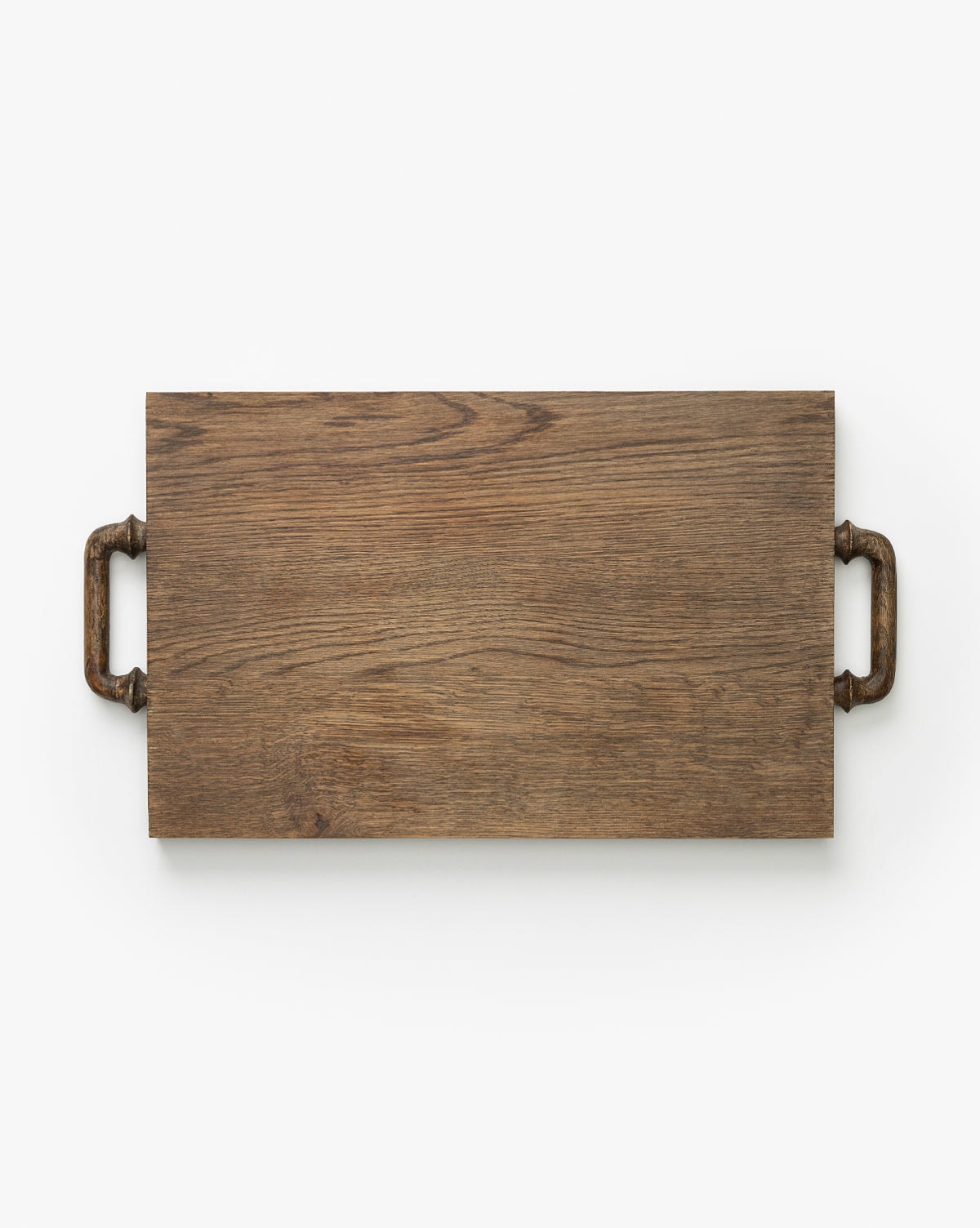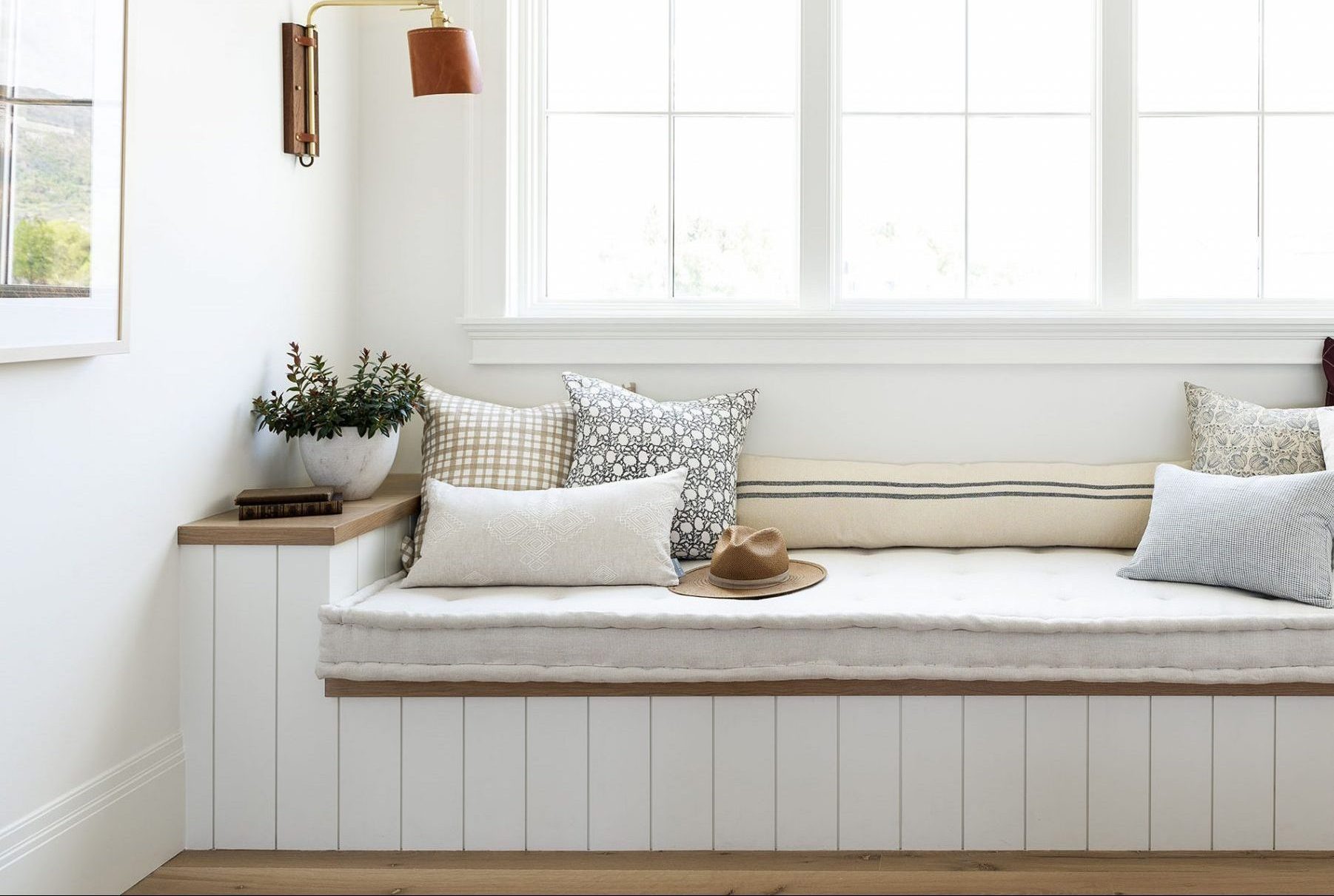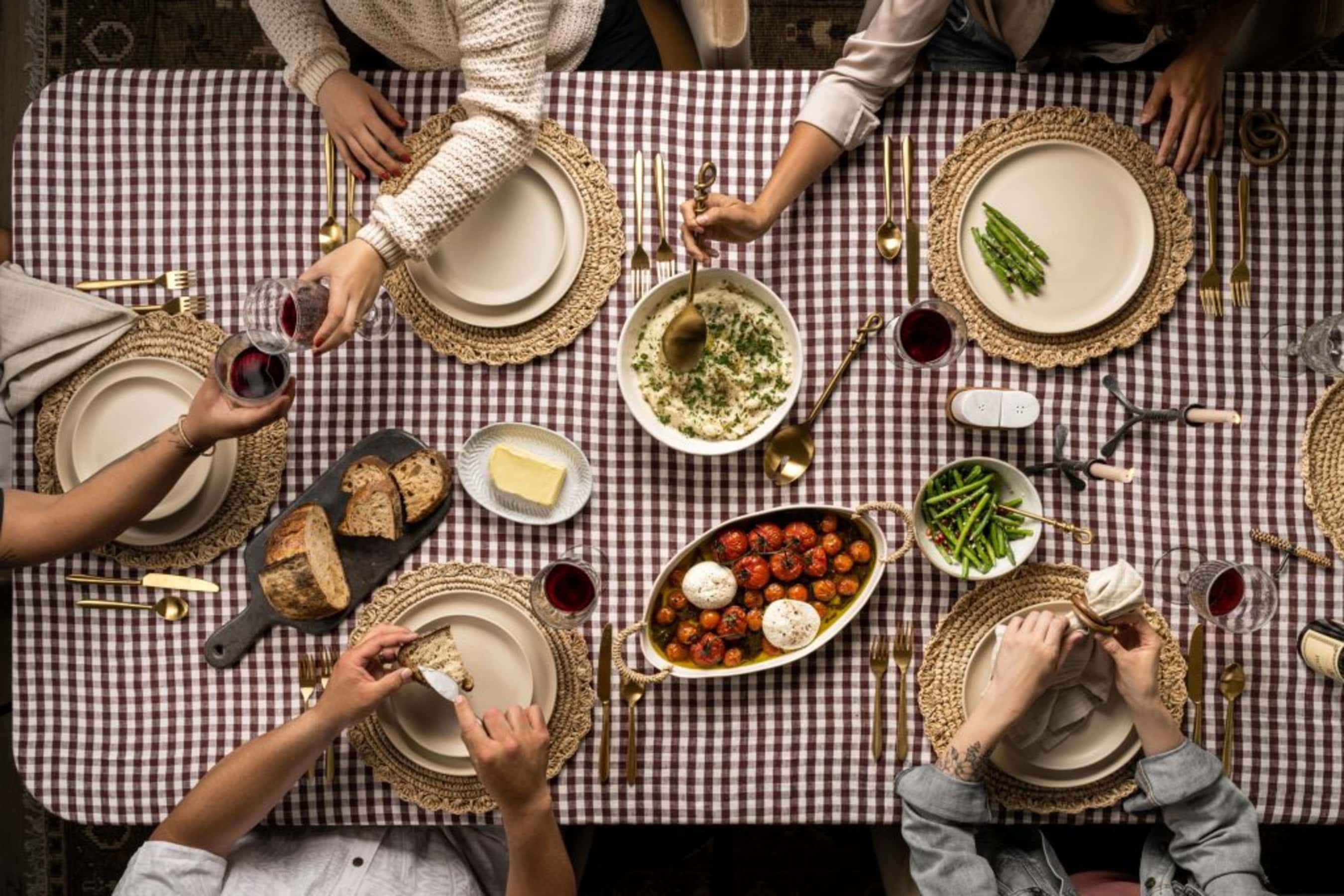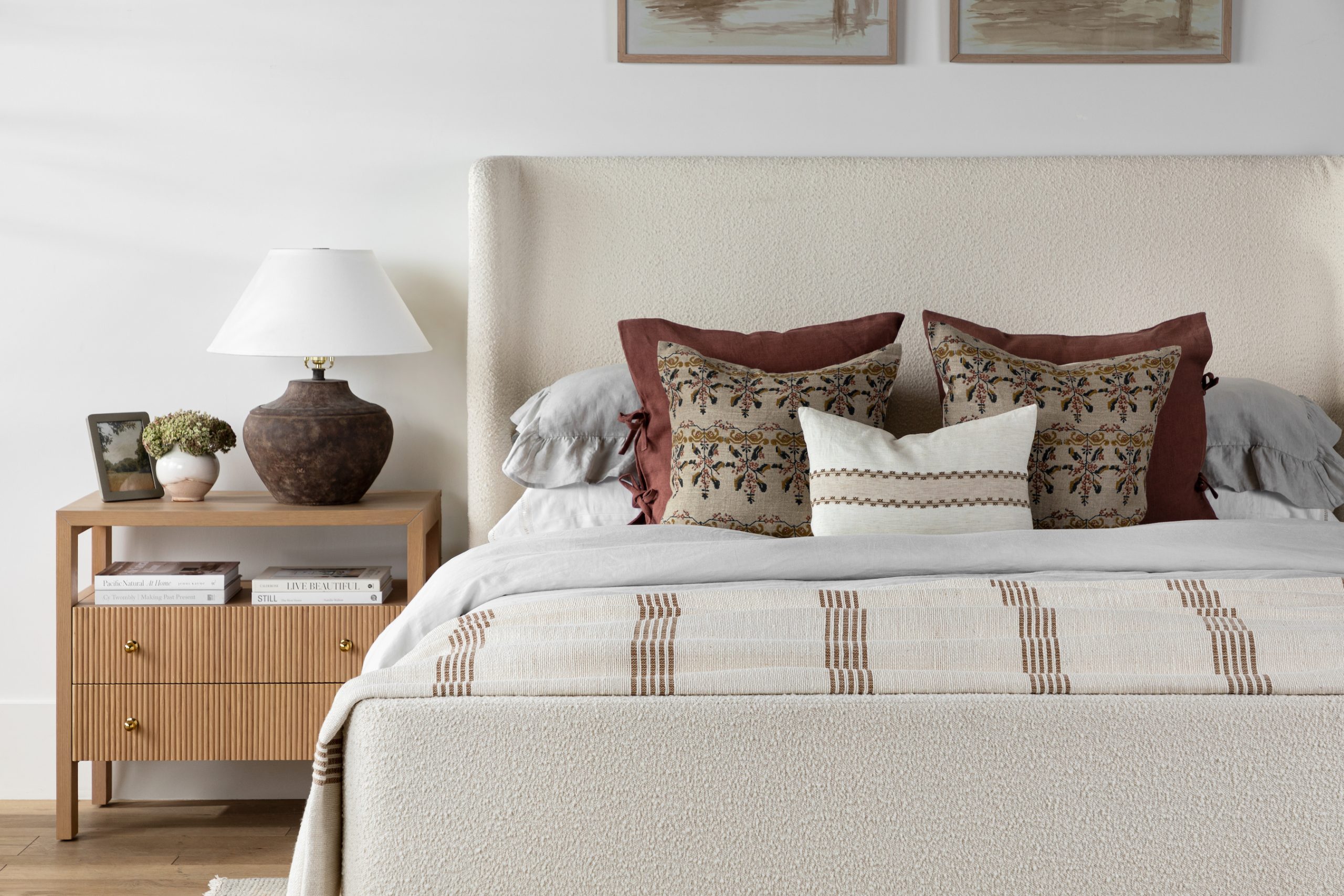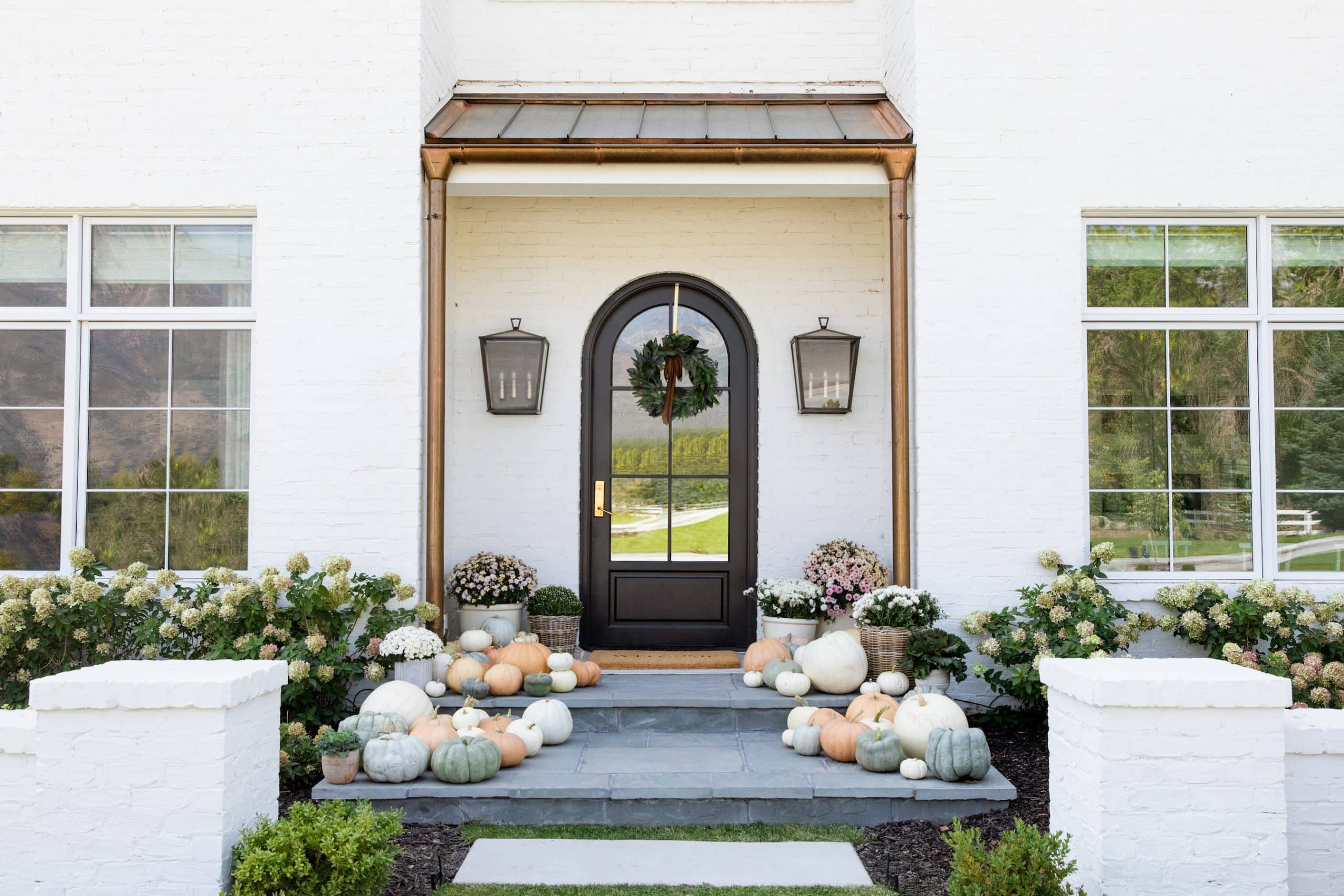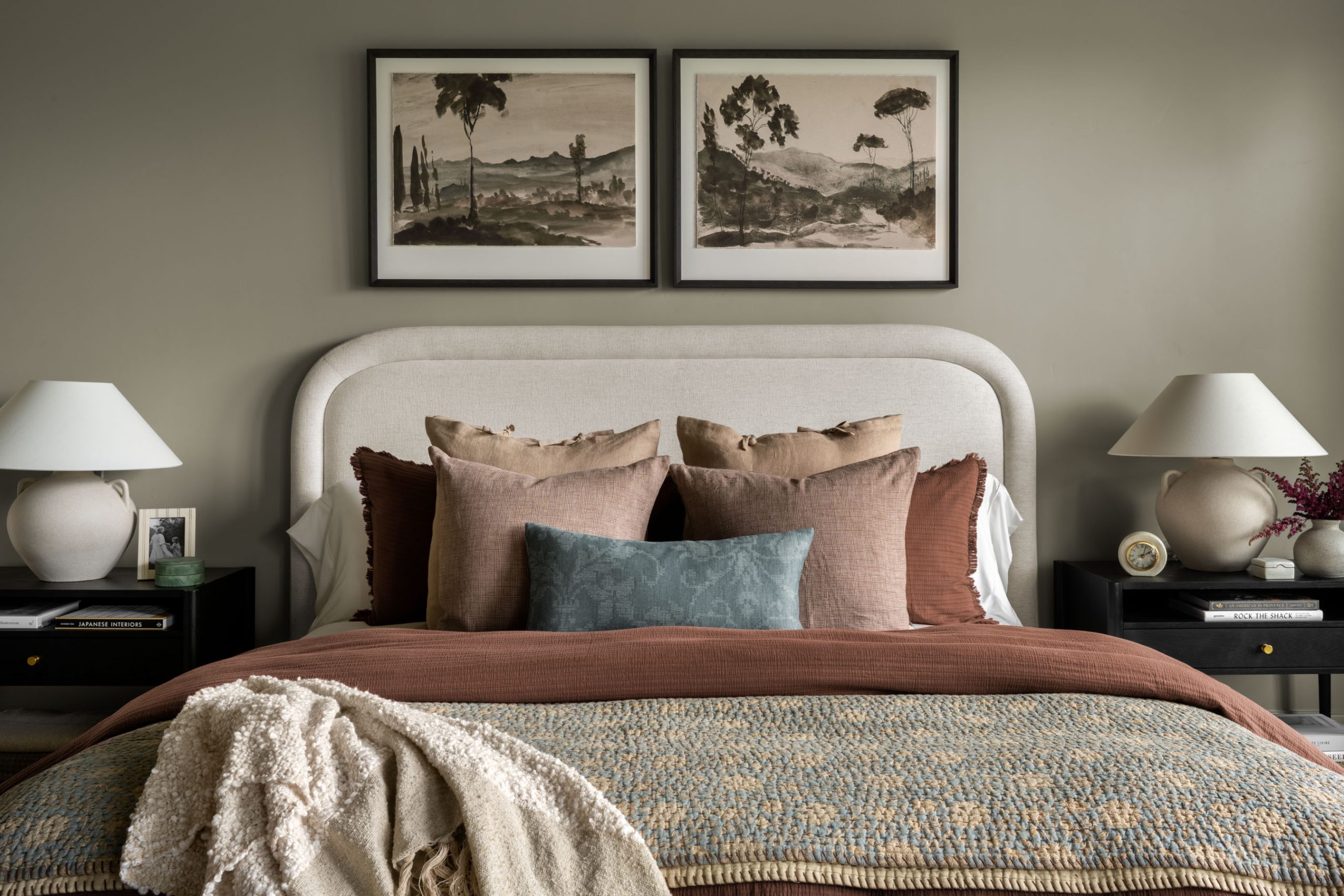
Fall Apple Bruschetta Recipe
09 November 2022 –
Sweet, savory, and tangy, this Fall Apple Bruschetta recipe is the perfect appetizer for cozy gatherings as the weather begins to cool.
Perhaps there’s no better way to appreciate something good than to learn about how it got good in the first place. So here we go. Historically speaking, charcuterie is a French concept referring to the practice of salting and smoking meats in order to preserve them. A charcutier is/was a person who practices the art of charcuterie, the word translating to “pork butcher.” The shop in which the charcutier sells these preserved meats is also called a charcuterie—a lot like what we would consider a delicatessen.
Over the years—for reasons that varied from country to country—the charcuterie board saw the addition of cheeses, fruits, nuts, bread, honey, mustard, pickles, olives, etc. And sometimes in the new modern version of a charcuterie board, meat of any kind is excluded altogether. Today’s notion of a charcuterie board is less about the items being served and more about the vessel on which it’s presented.
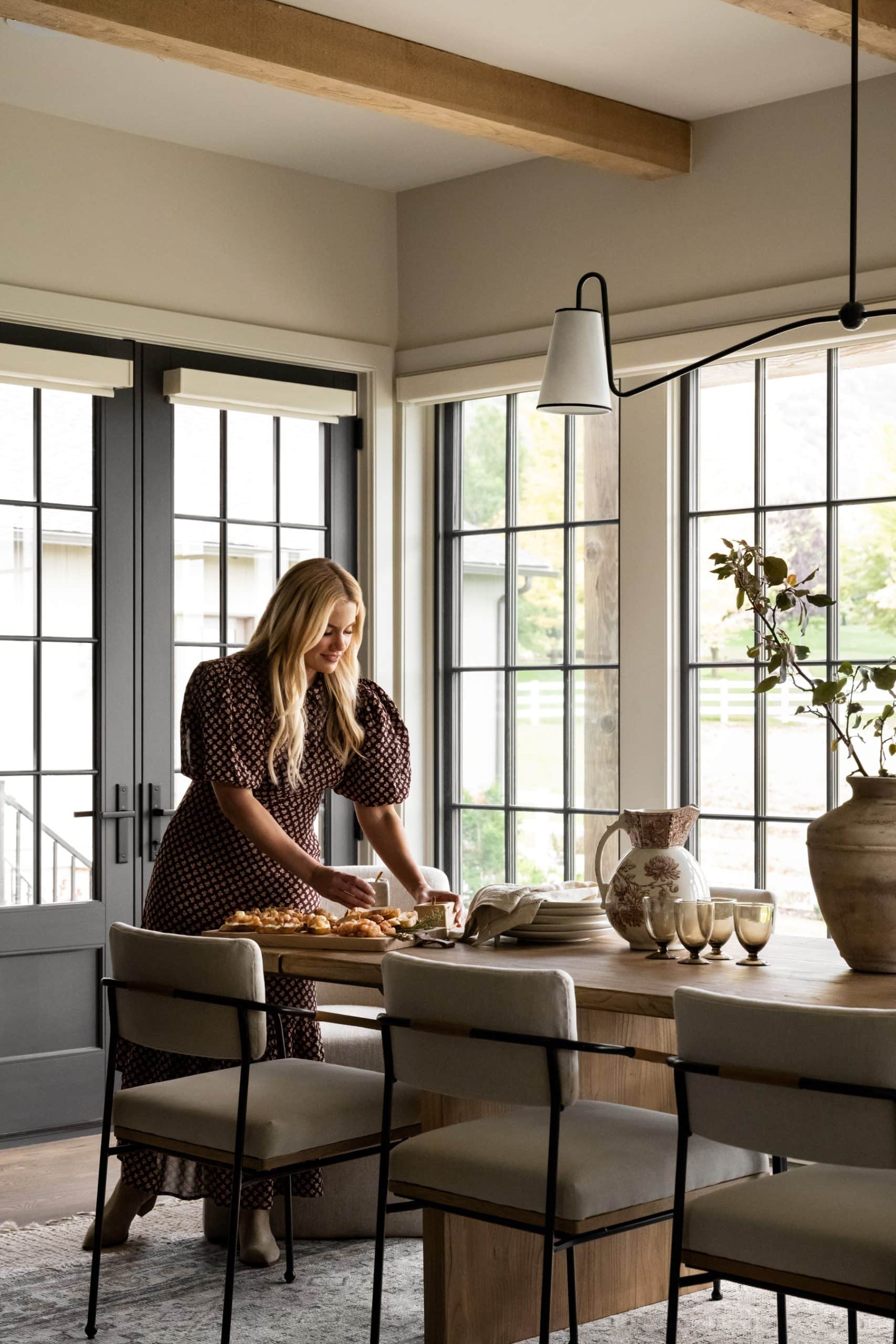

Ingredients
1 yellow onion
3 gala apples
4 tablespoons extra virgin olive oil
2 teaspoons Diamond kosher salt
2 tablespoons apple cider vinegar
2 sprigs thyme
16 ounces whole milk ricotta
1 baguette
Method
01
Preheat the oven to 450° Fahrenheit. Begin by coring and dicing the apples into approximately 1-inch cubes. Peel the onion, then slice it in half lengthwise. Trim the ends, then cut the onion into thin slices, running the knife lengthwise through the onion from pole to pole. Lastly, slice the baguette into ½-inch slices, drizzling with olive oil and placing in a single layer on a cookie sheet. Set aside.
02
In a skillet, add the olive oil and warm over medium heat. Add the onions and the salt, stirring occasionally, until the onions have caramelized — about 15-20 minutes. Add the apple cider vinegar, and gently scrape up any caramelized bits of onion on the bottom of the pan. Add the apples and the two sprigs of thyme. Reduce the heat to low and cover the pan. Allow to cook until the apples are very tender, about 20 minutes.
03
Once the apples are soft, remove the pan from the heat and take out the thyme sprigs. Place the baguette slices into the oven and toast until golden, approximately 15 minutes, flipping the bread halfway through.
04
To assemble, spread a tablespoon or two of ricotta on each piece of toast. Top with a dollop of the apple bruschetta, and garnish with extra thyme.

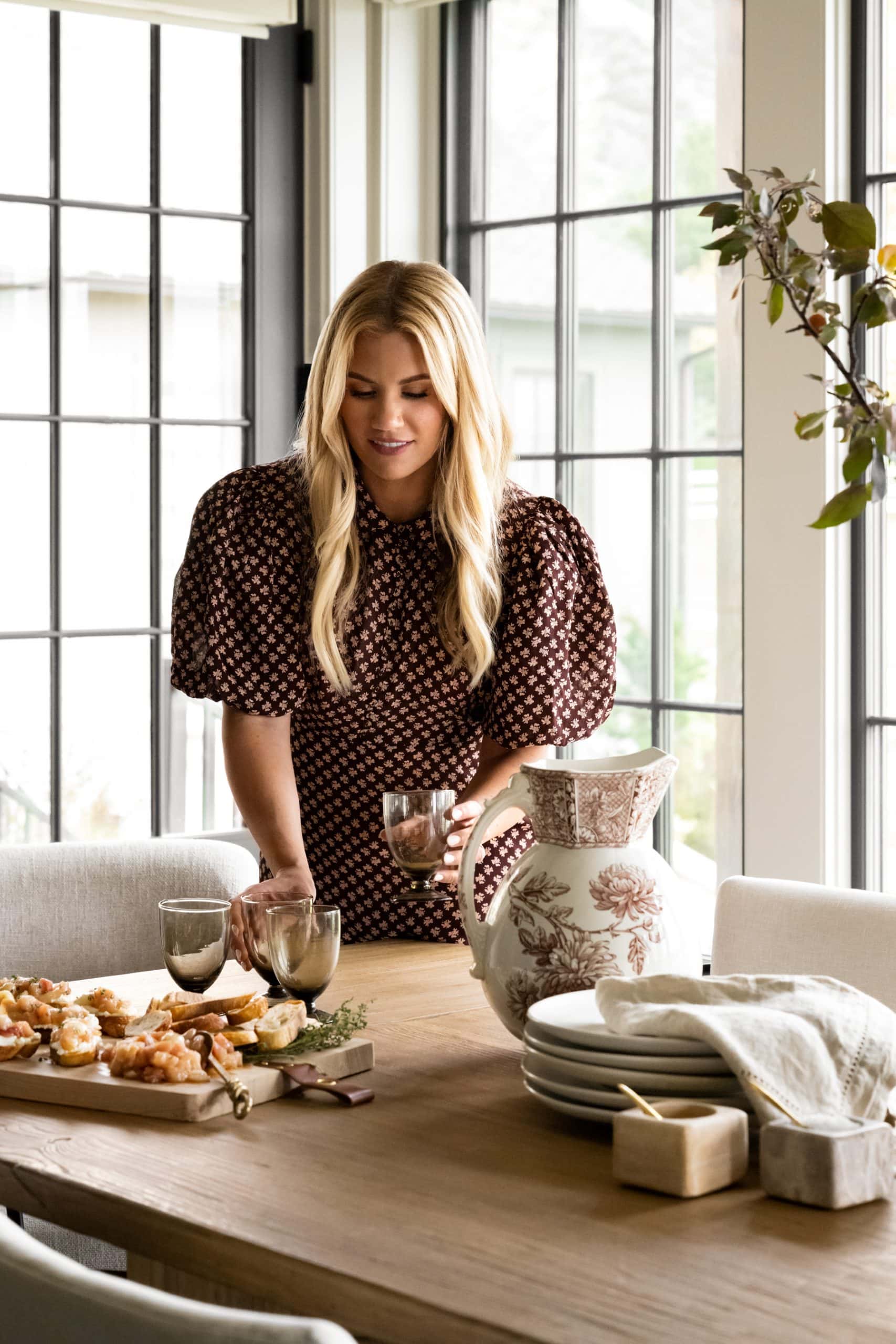
“For me, the holiday charcuterie board is a way to bring guests together. Of course, I love the beautiful aesthetic, but the best part is watching the ones I love gather to pick out their favorites from the spread.”
